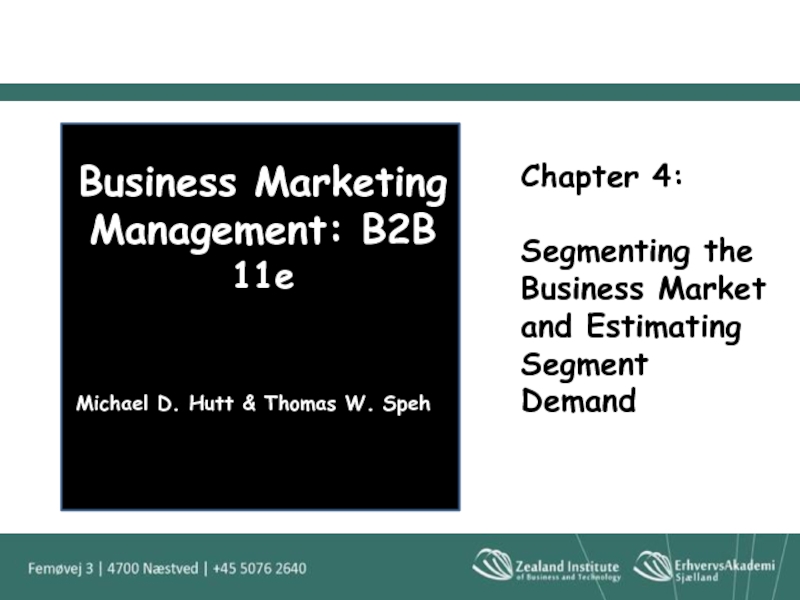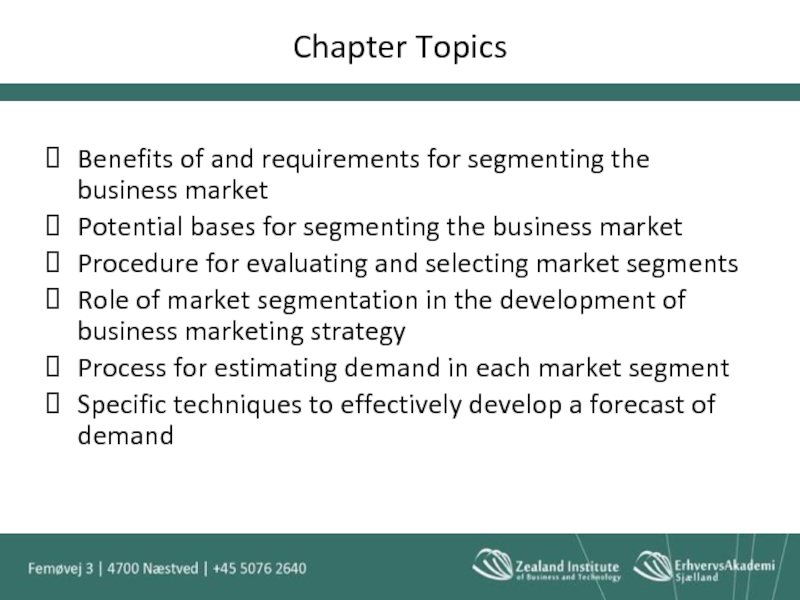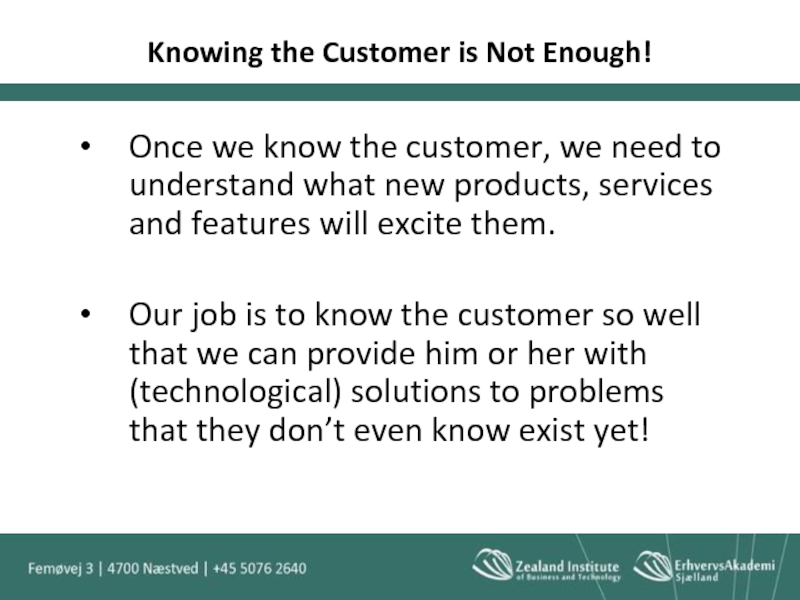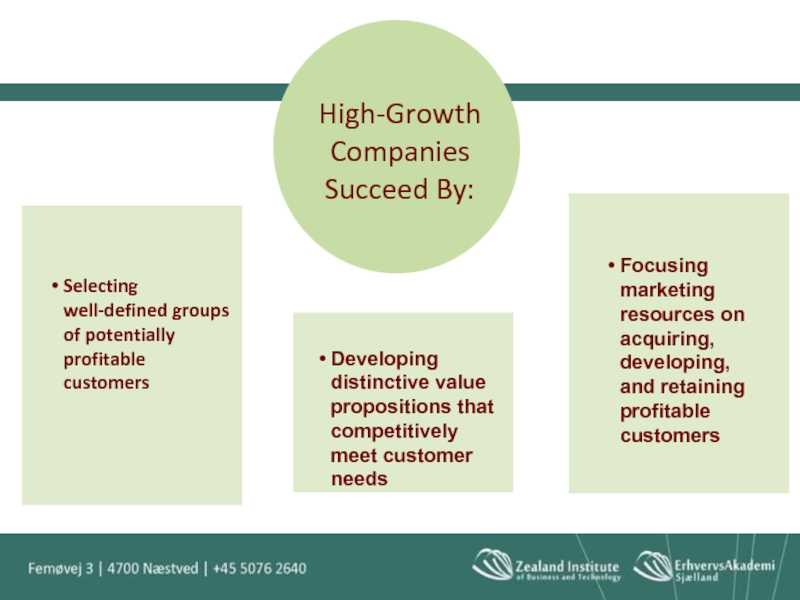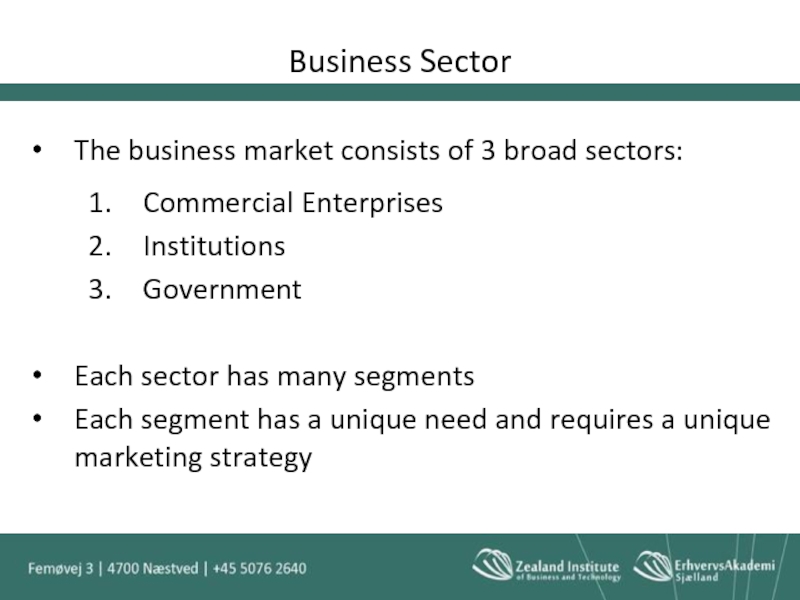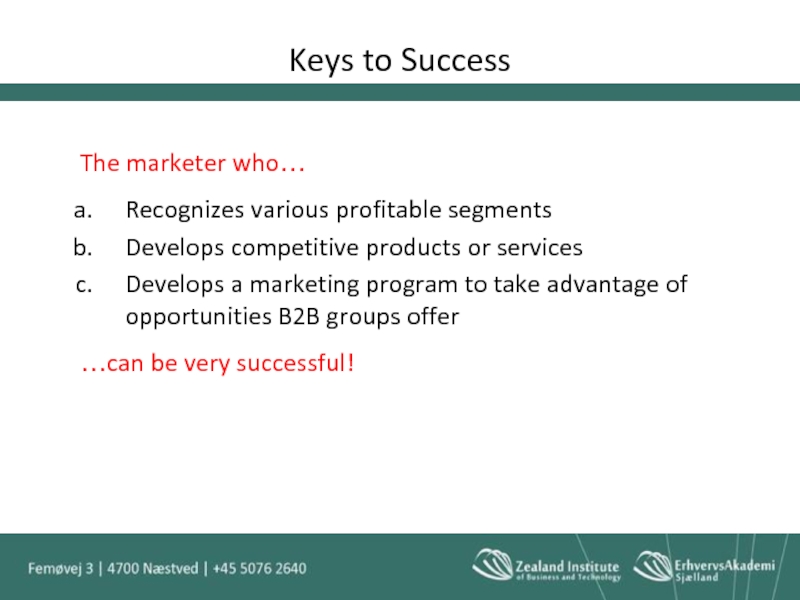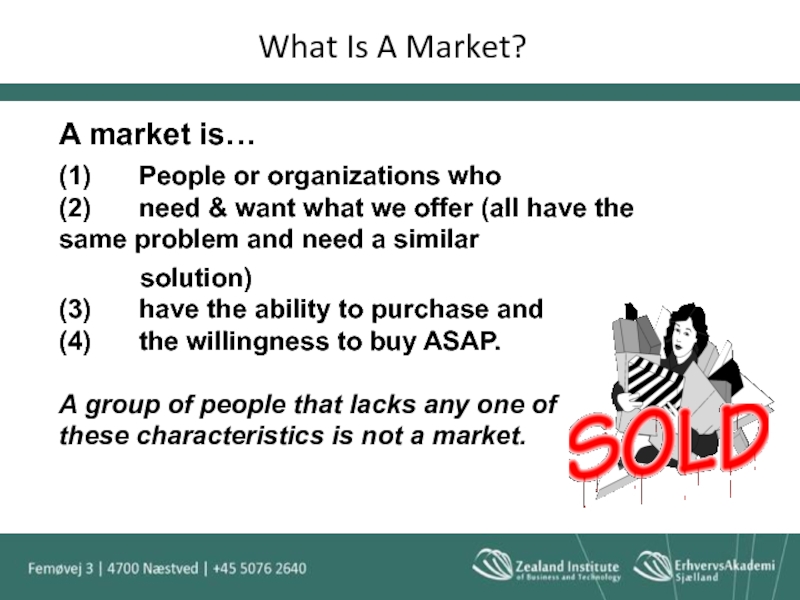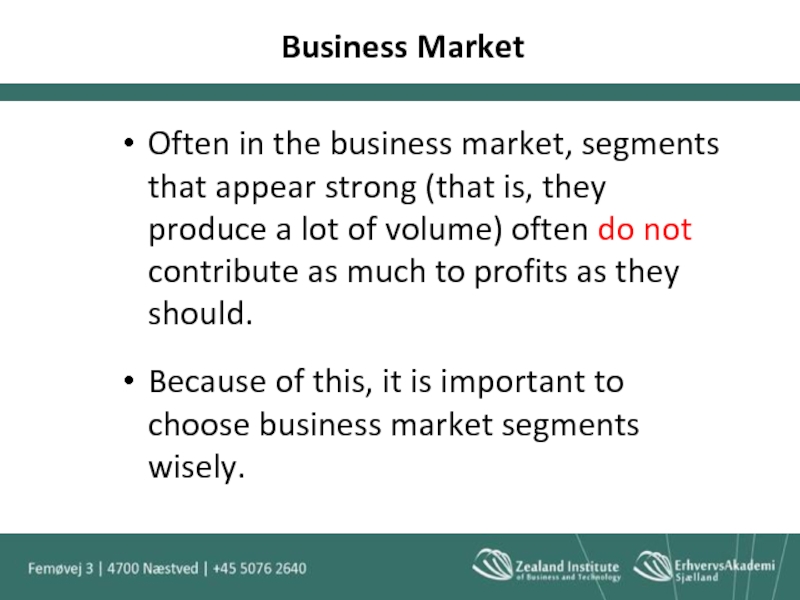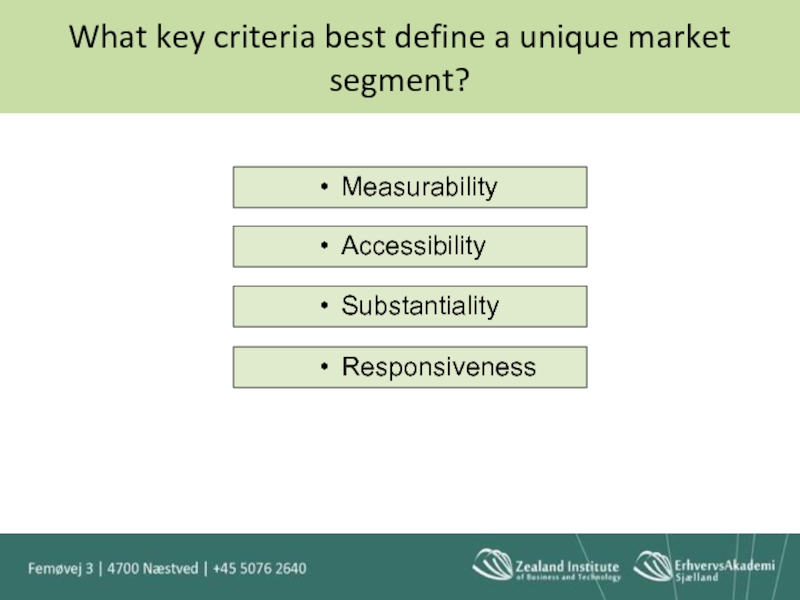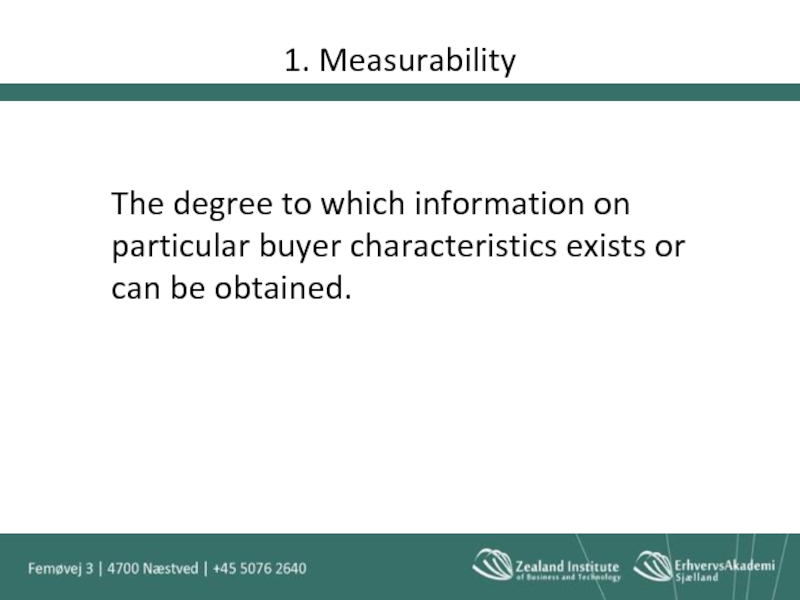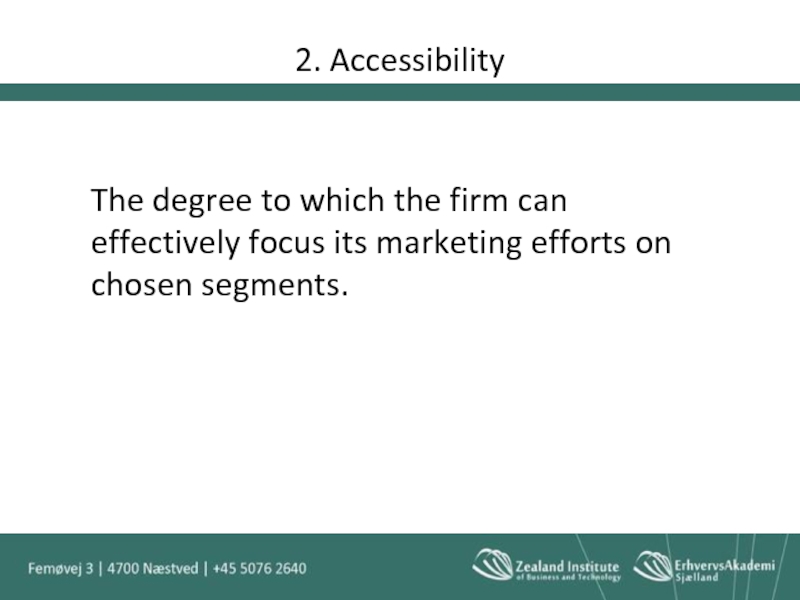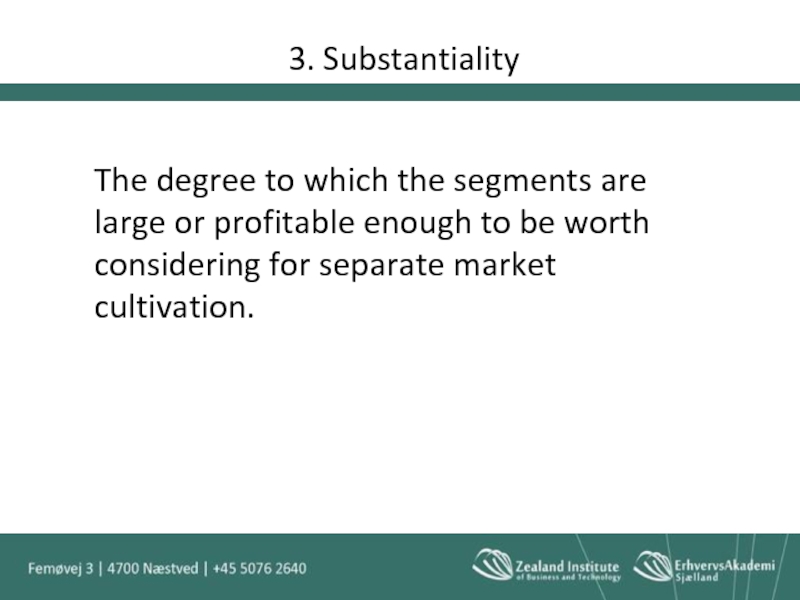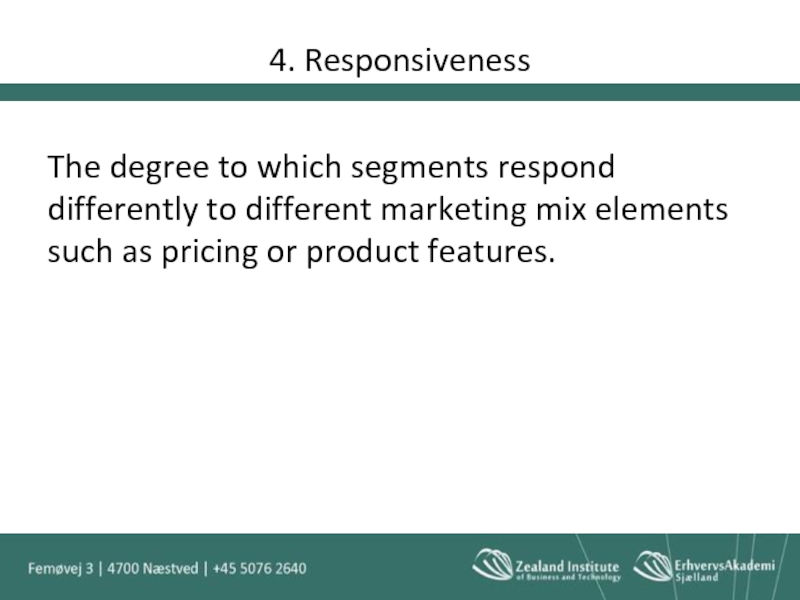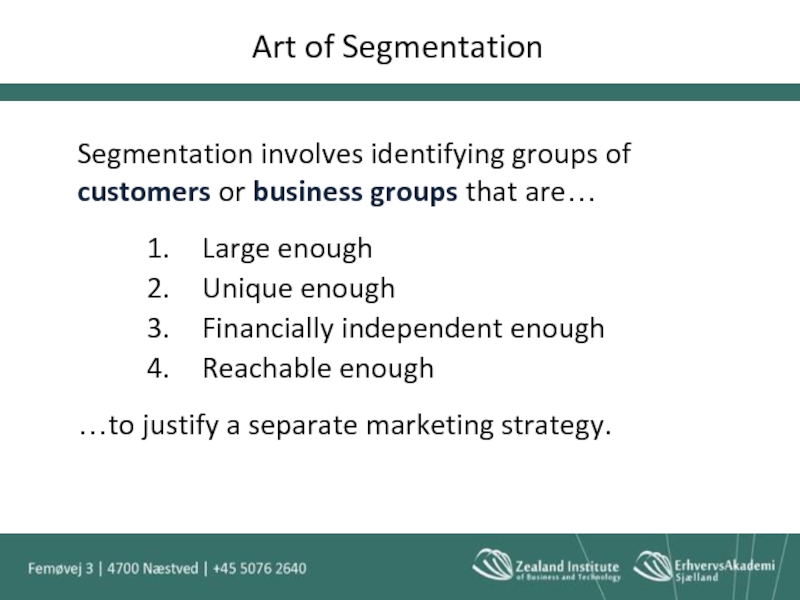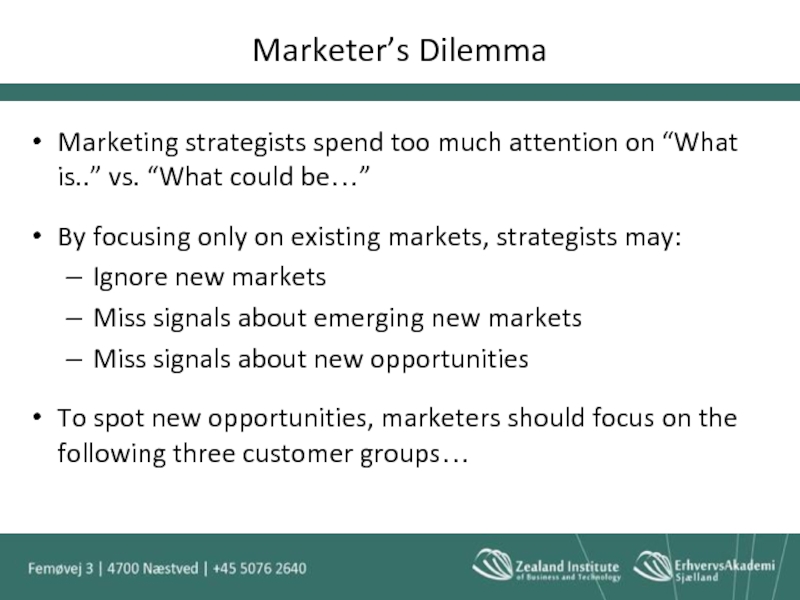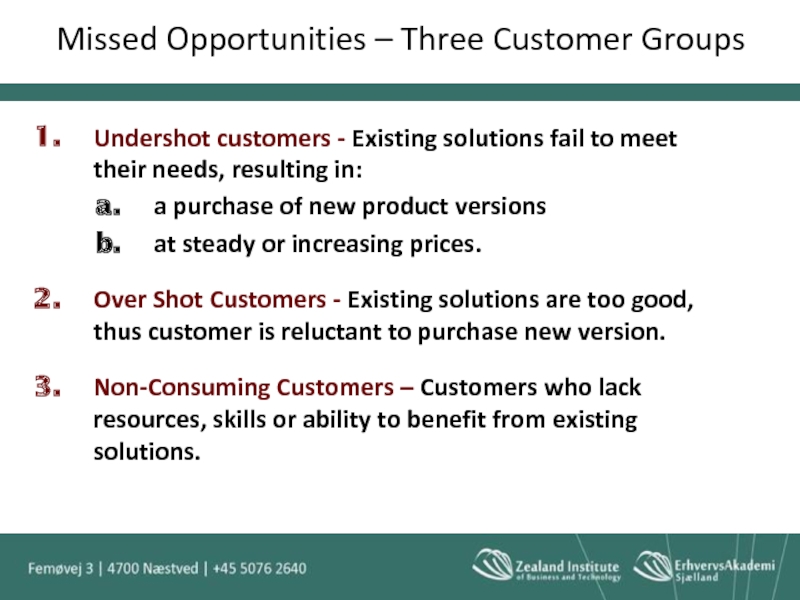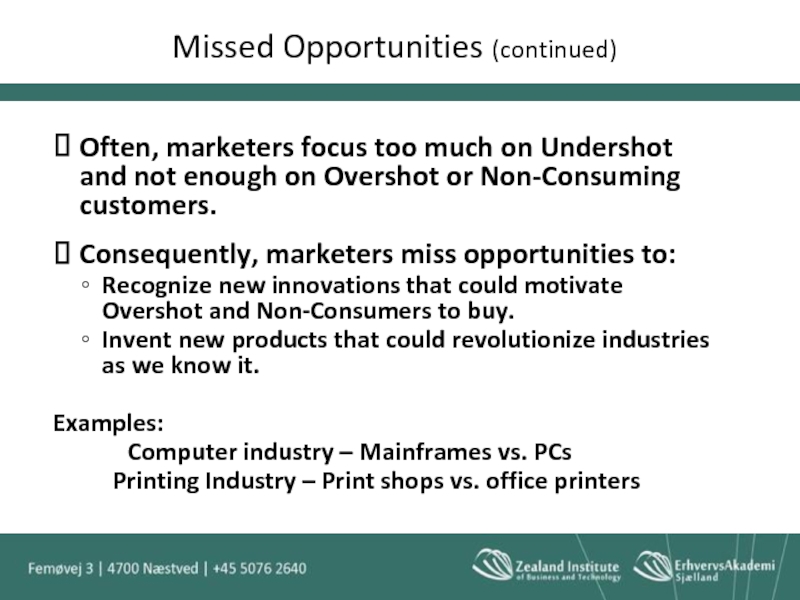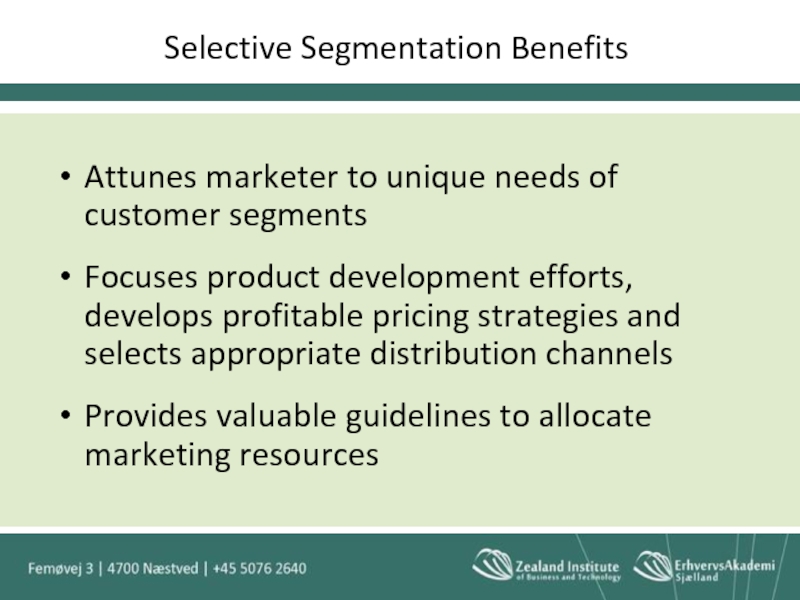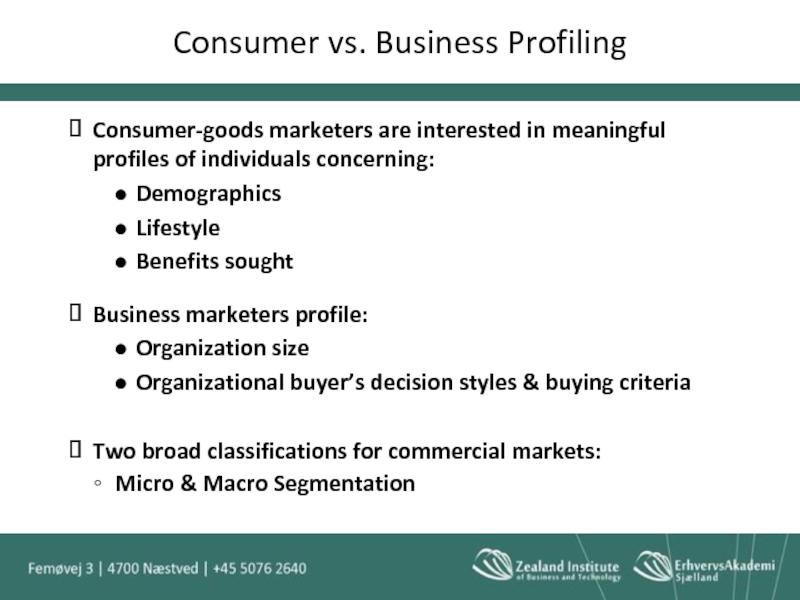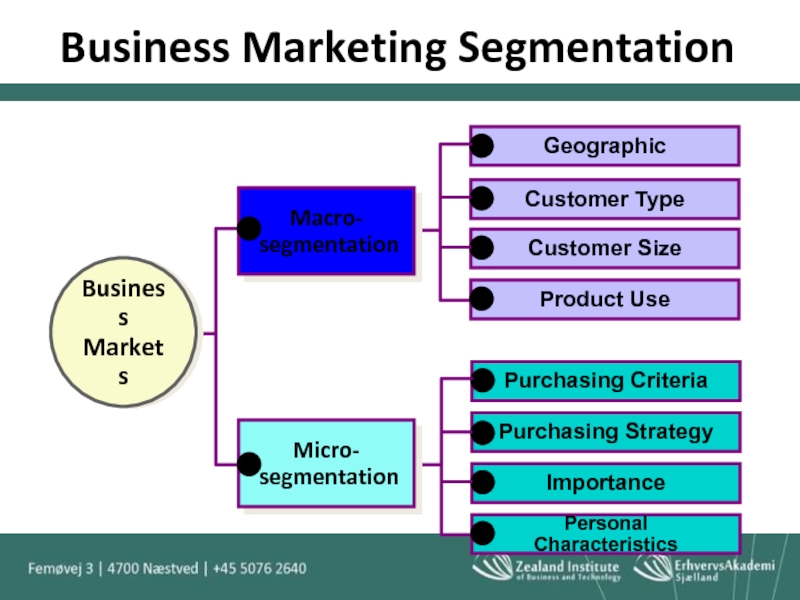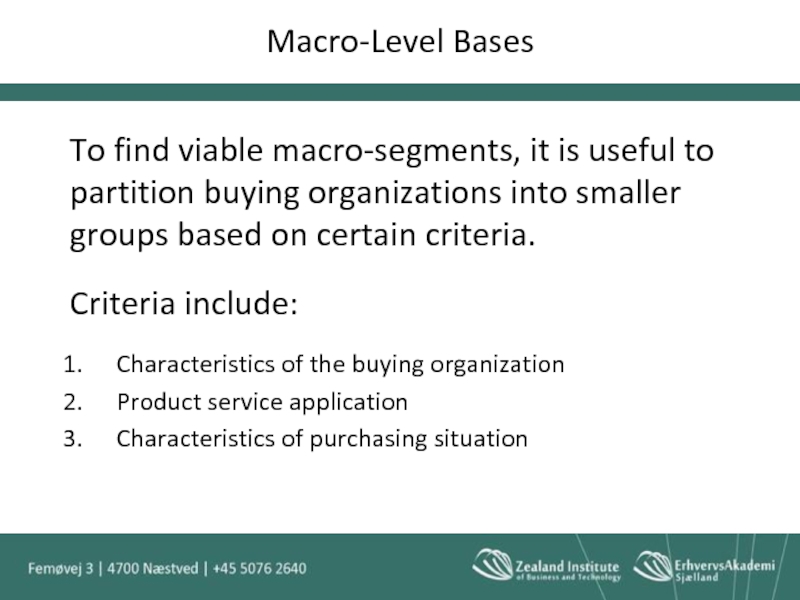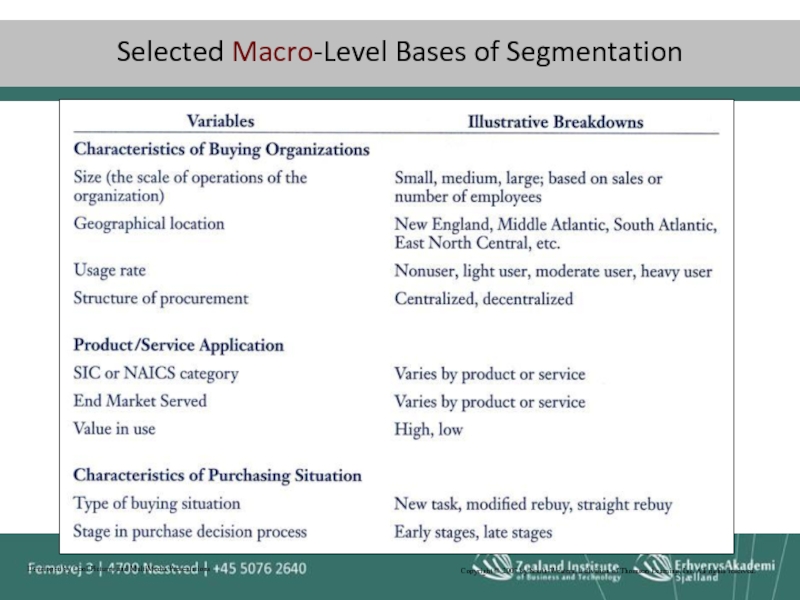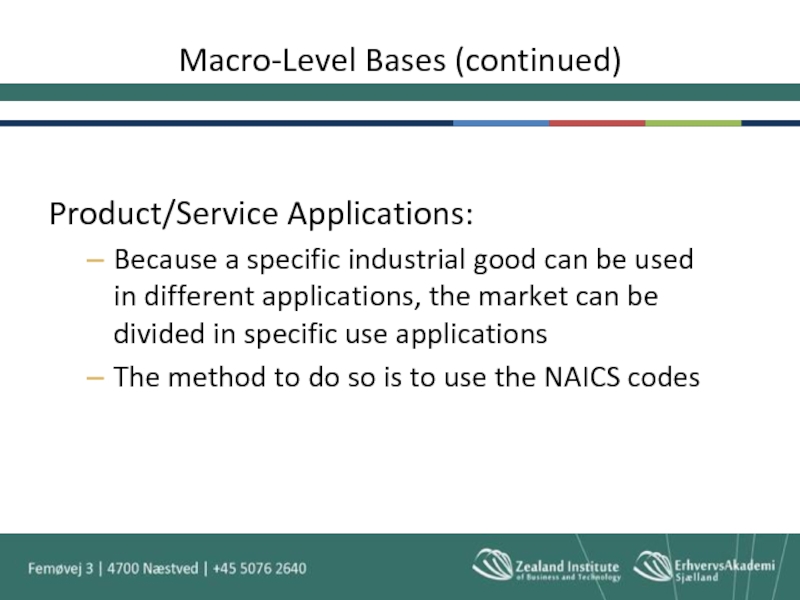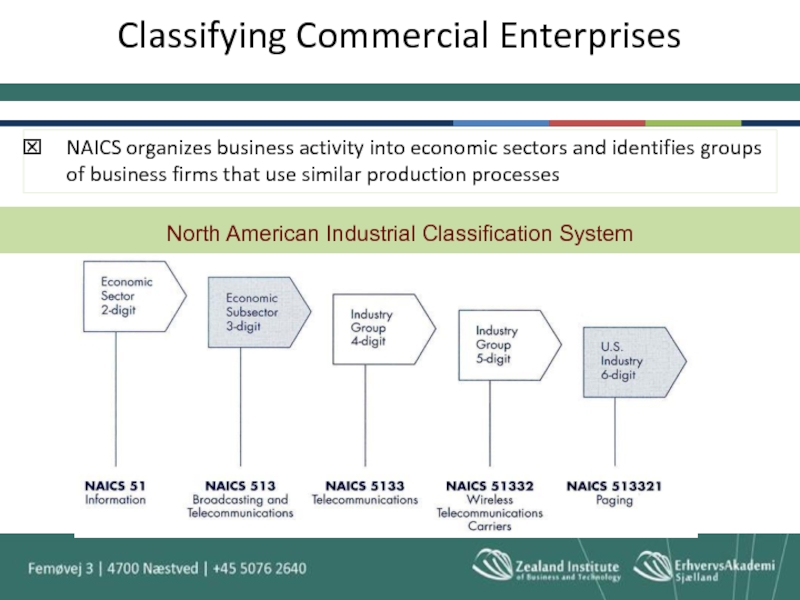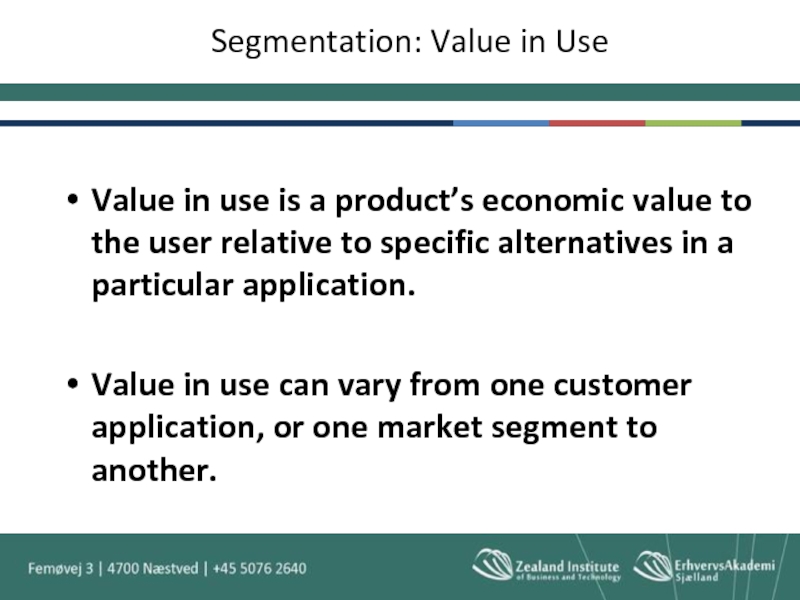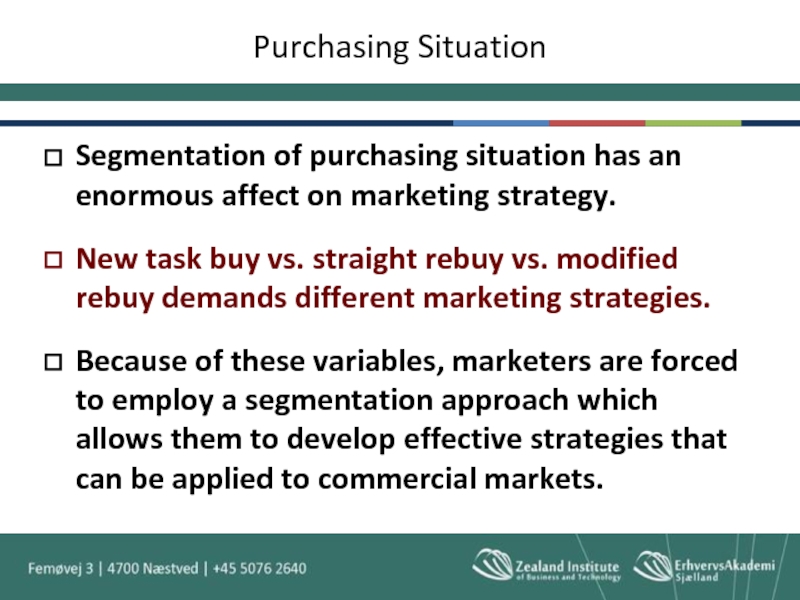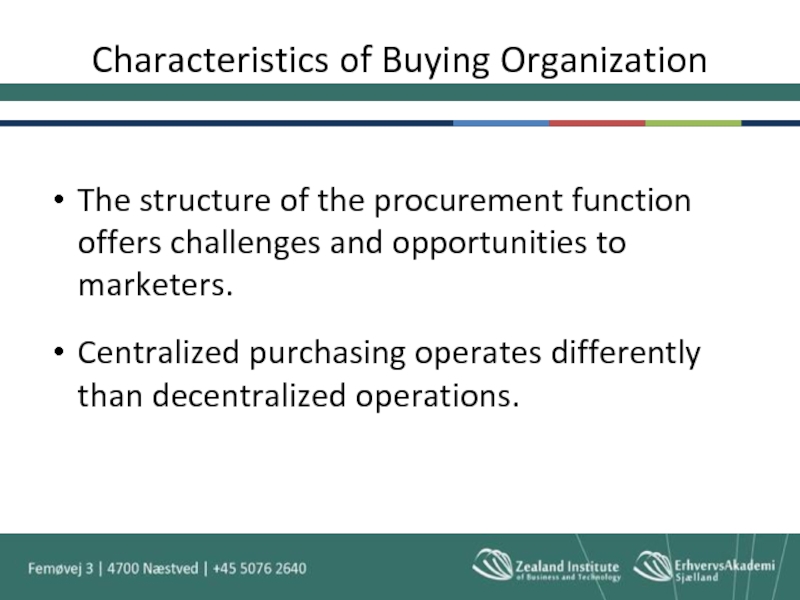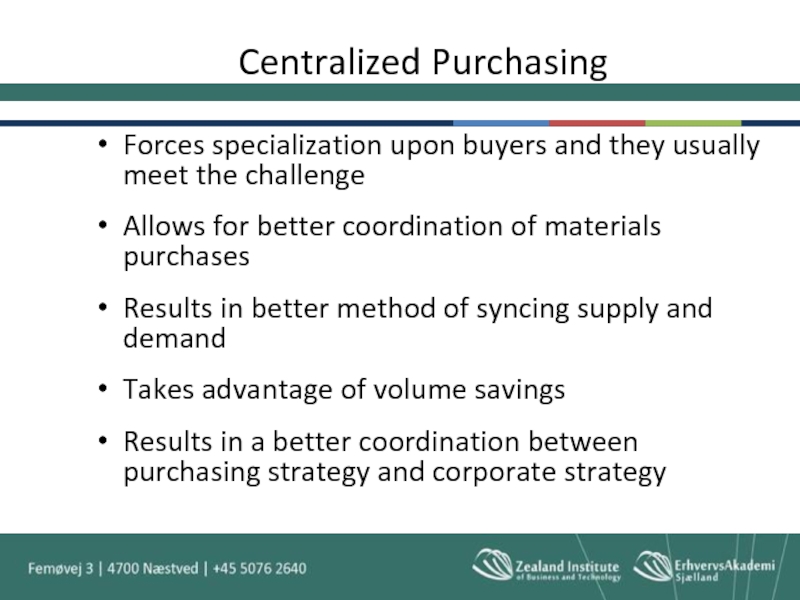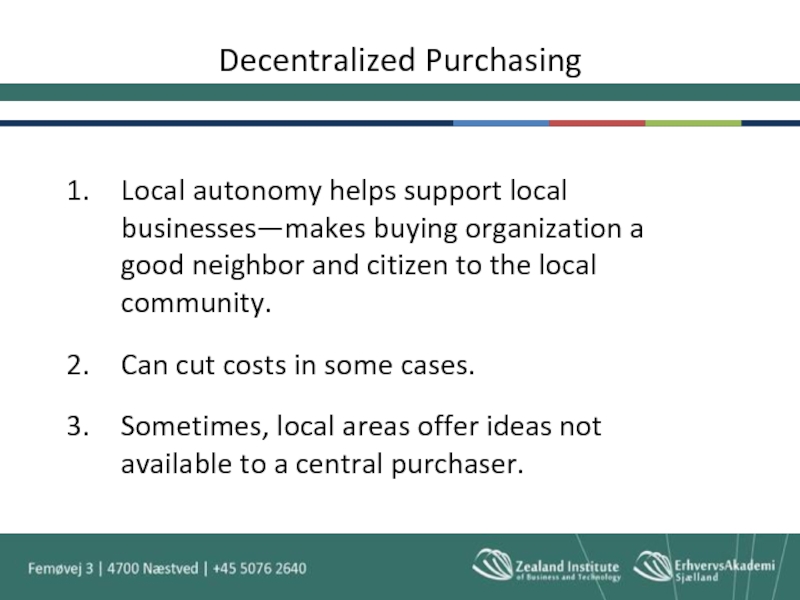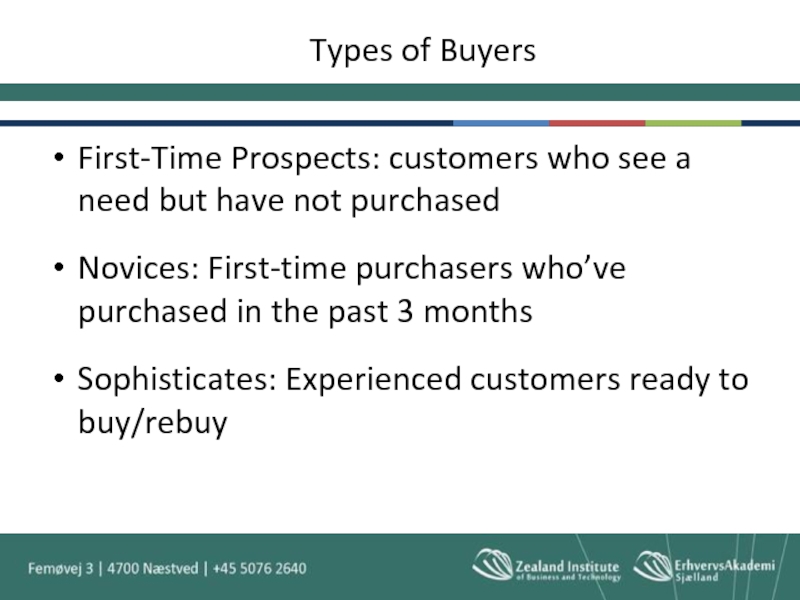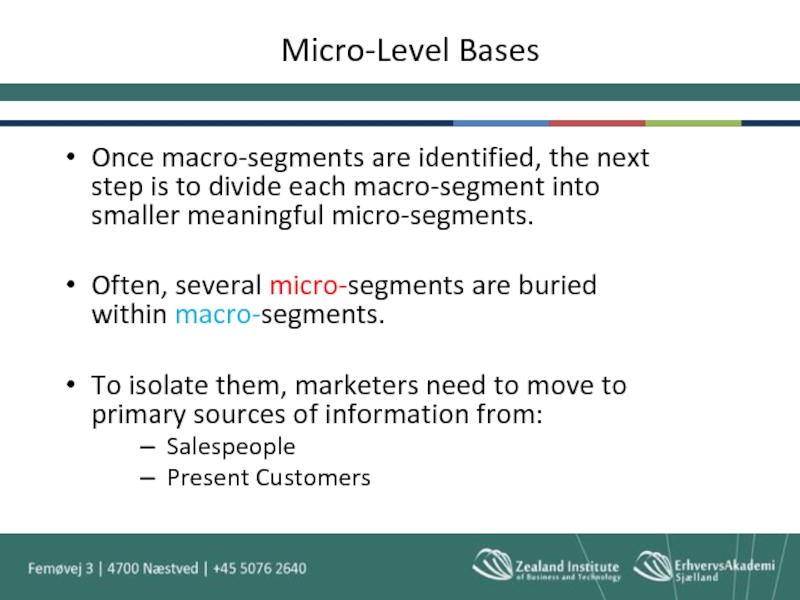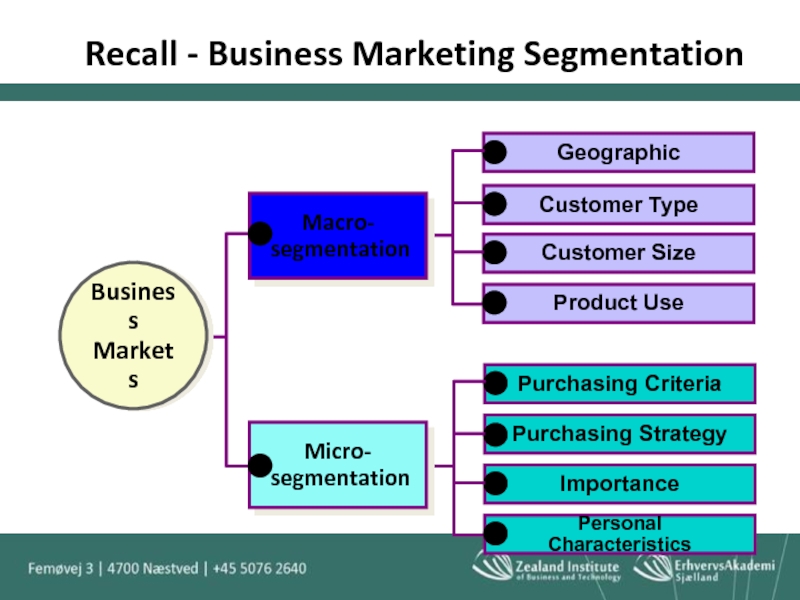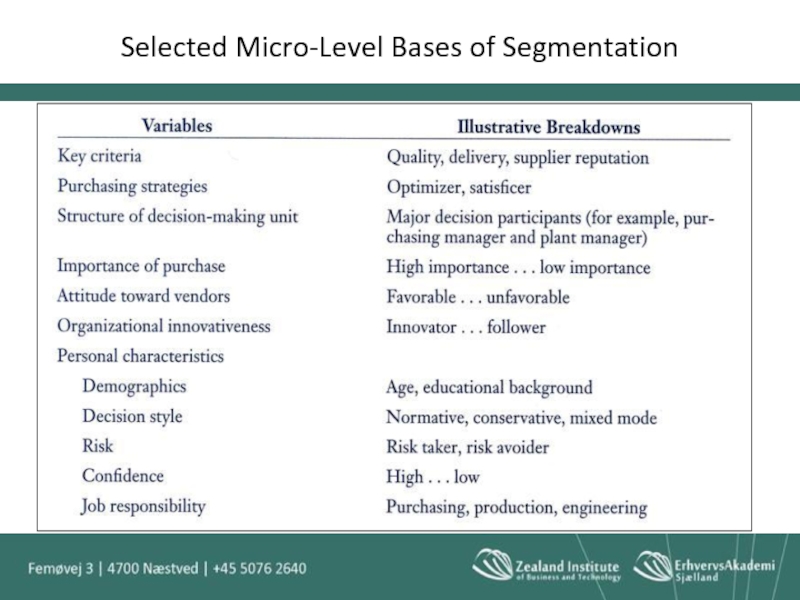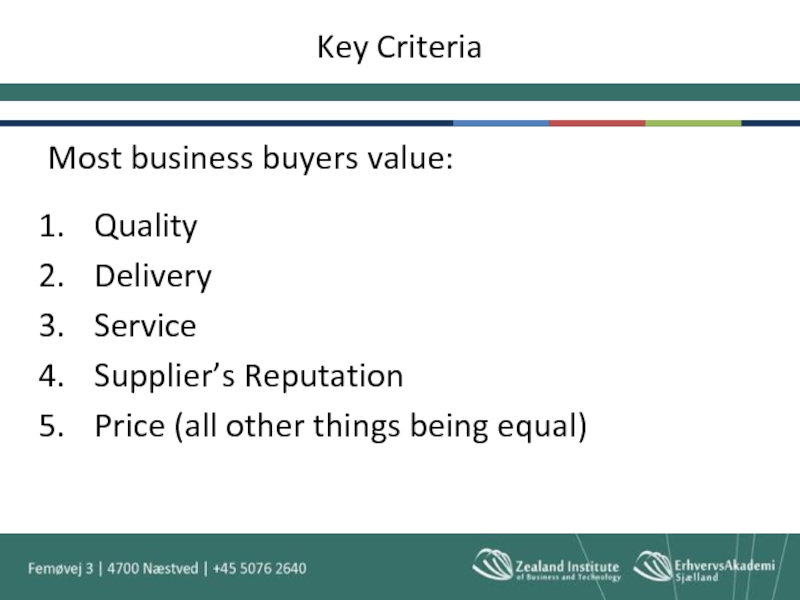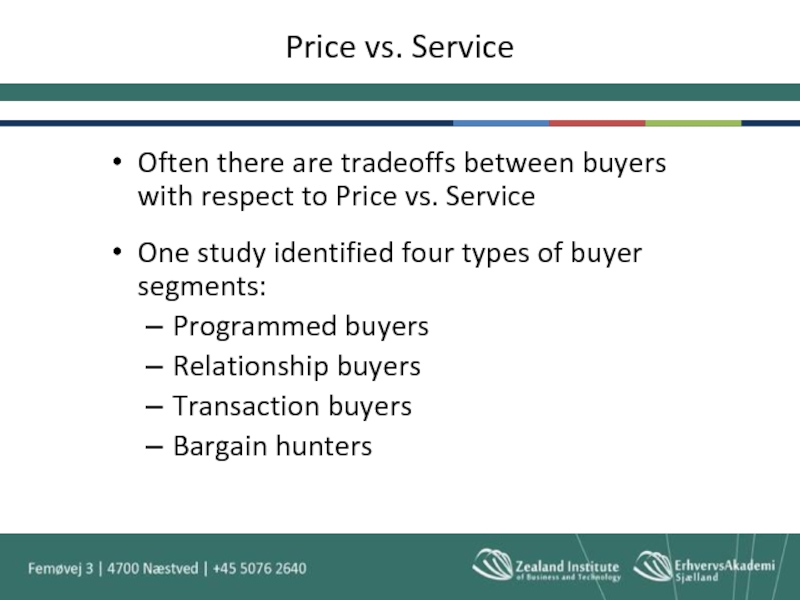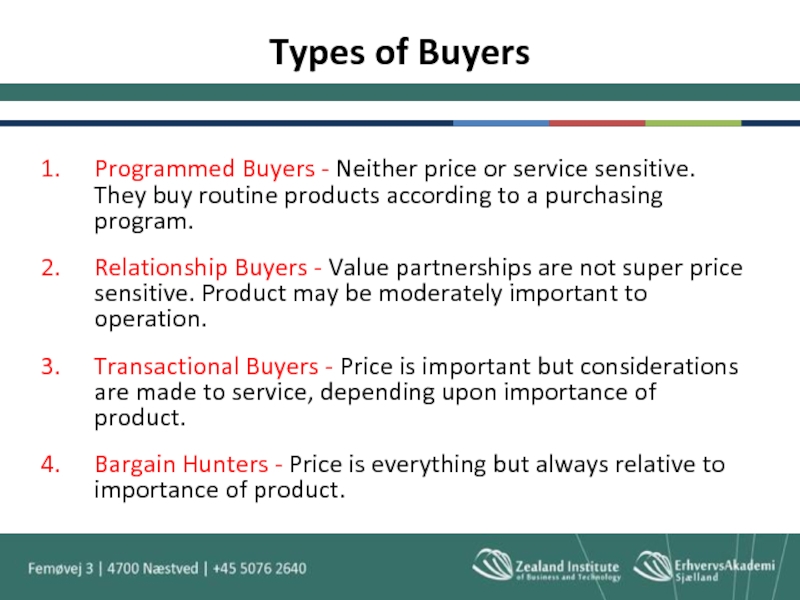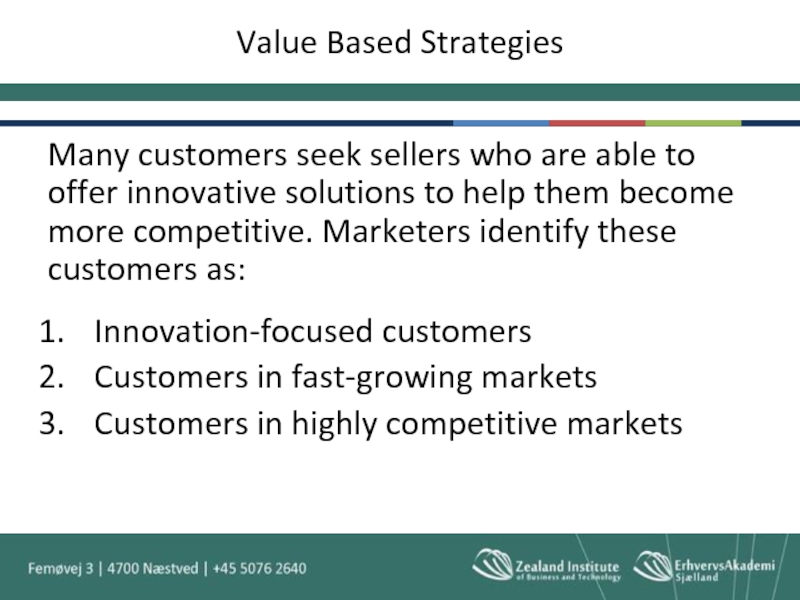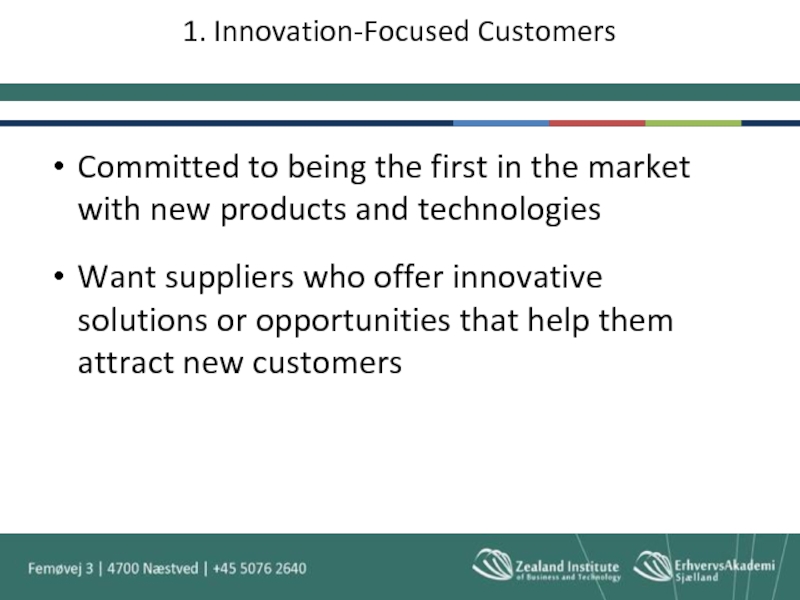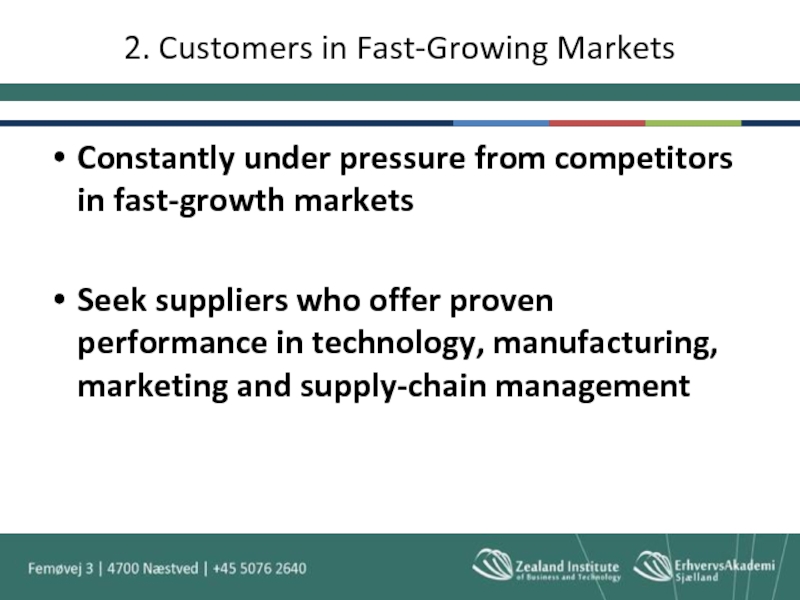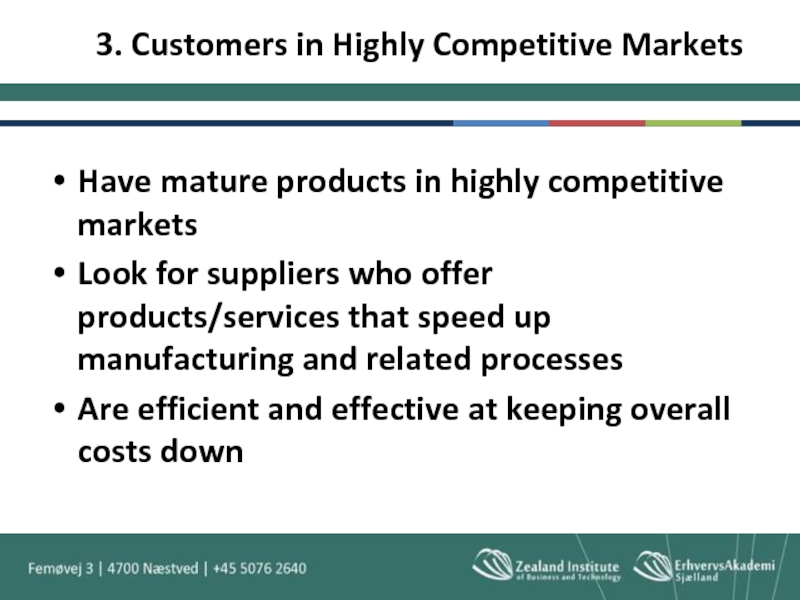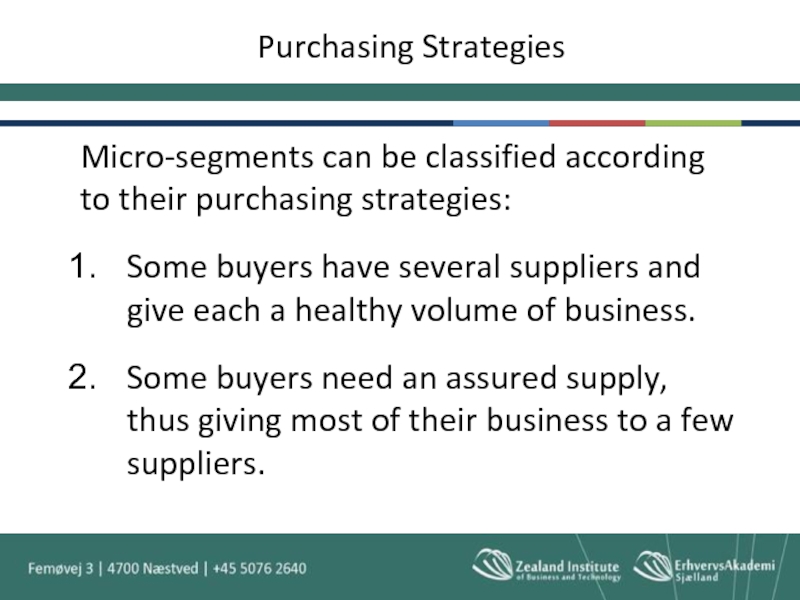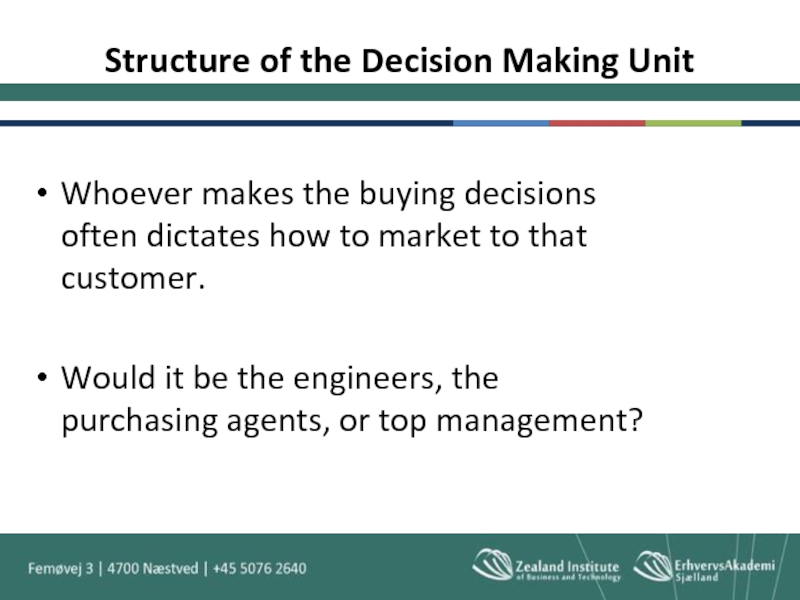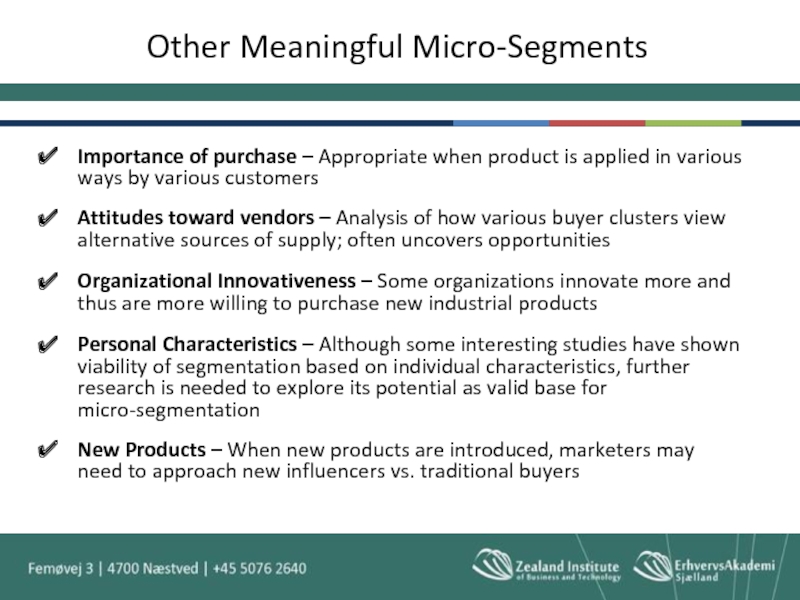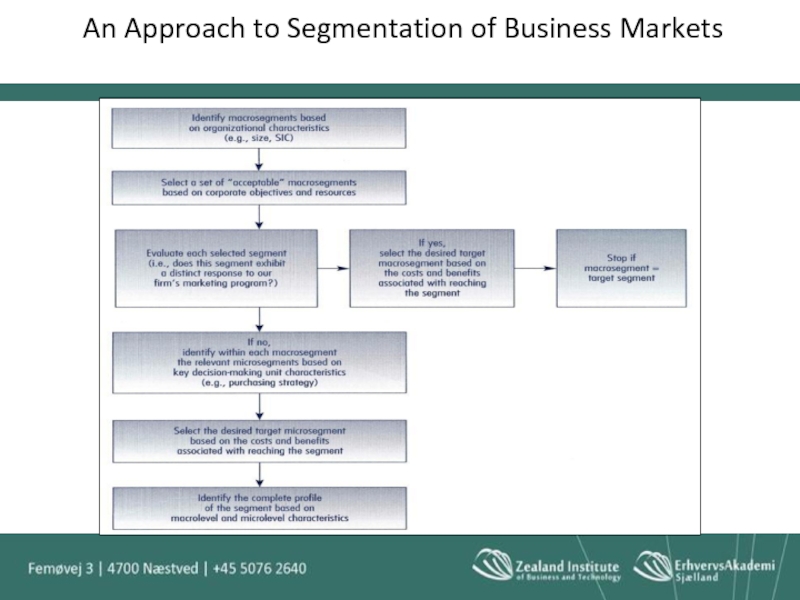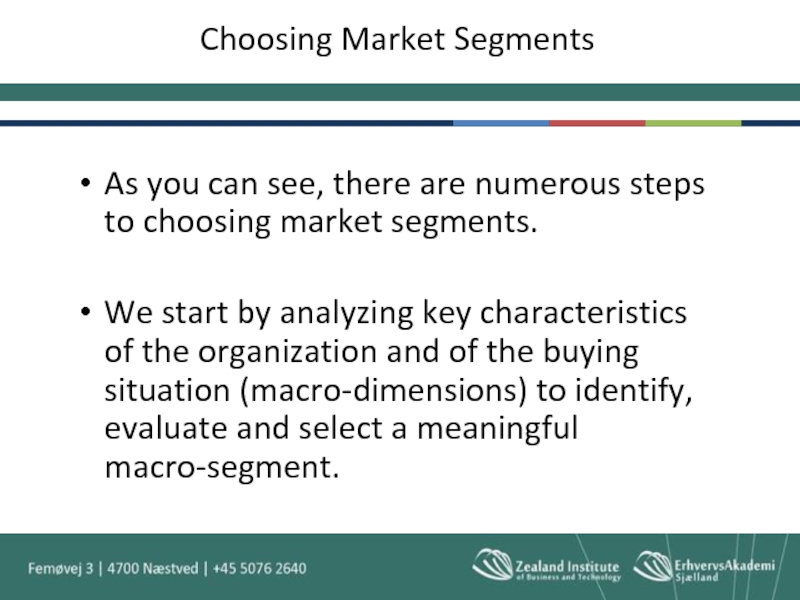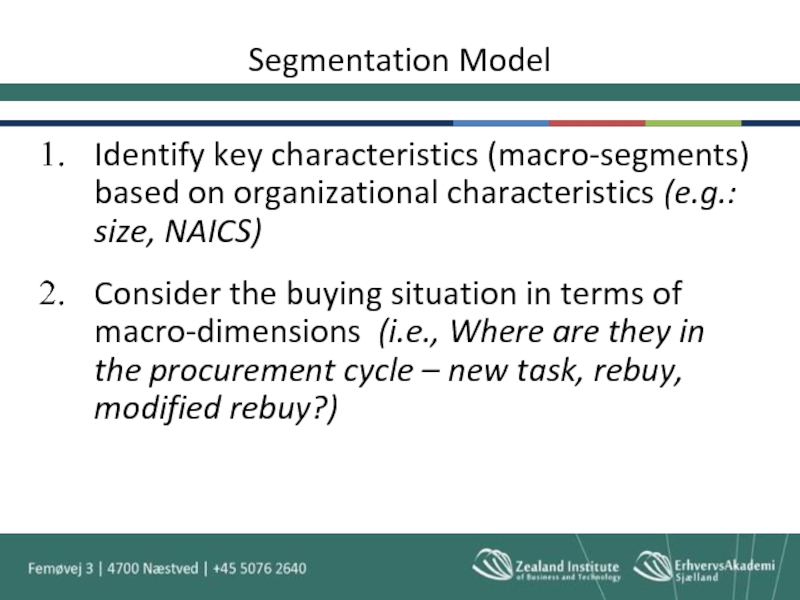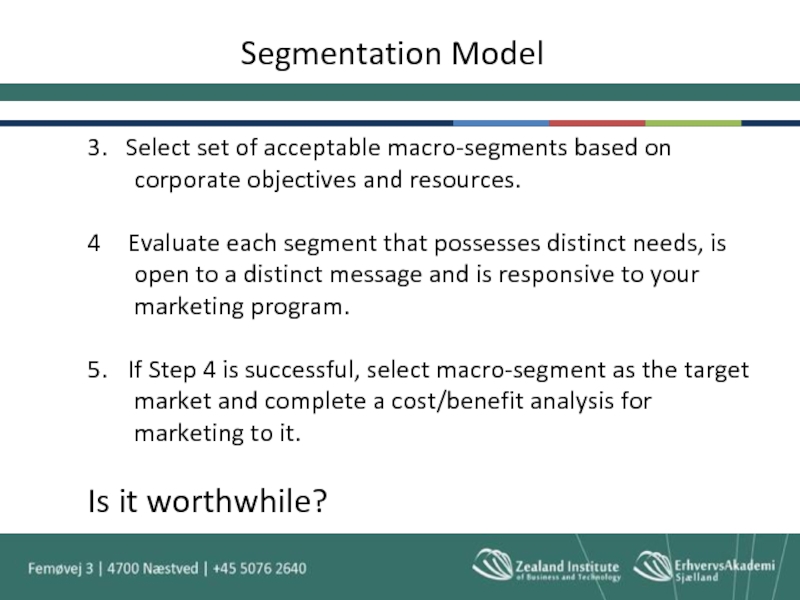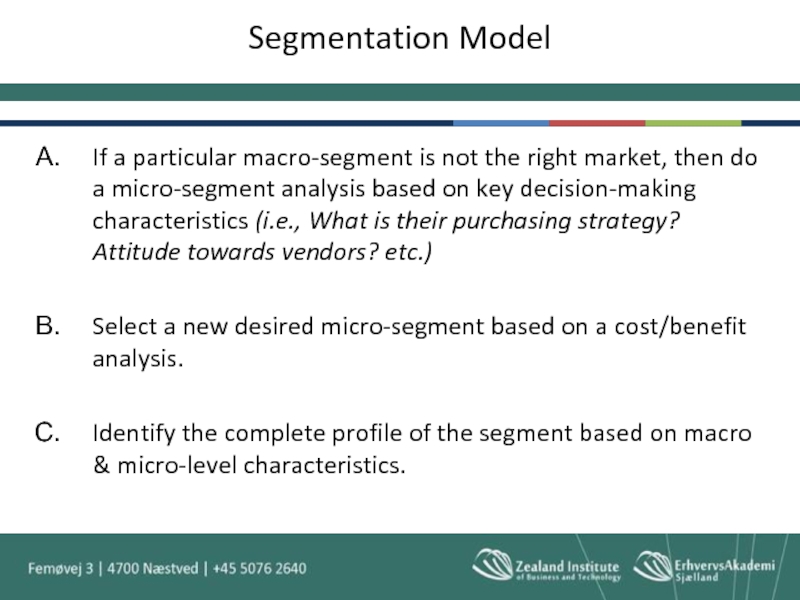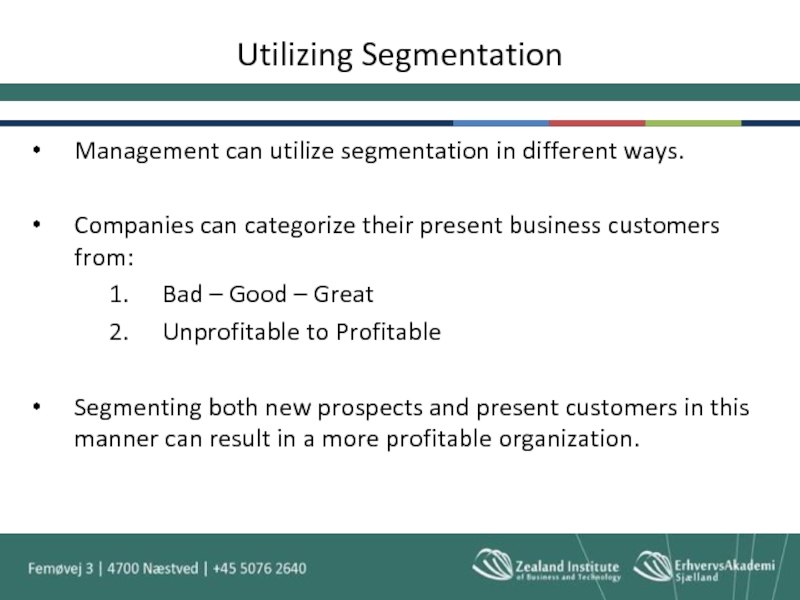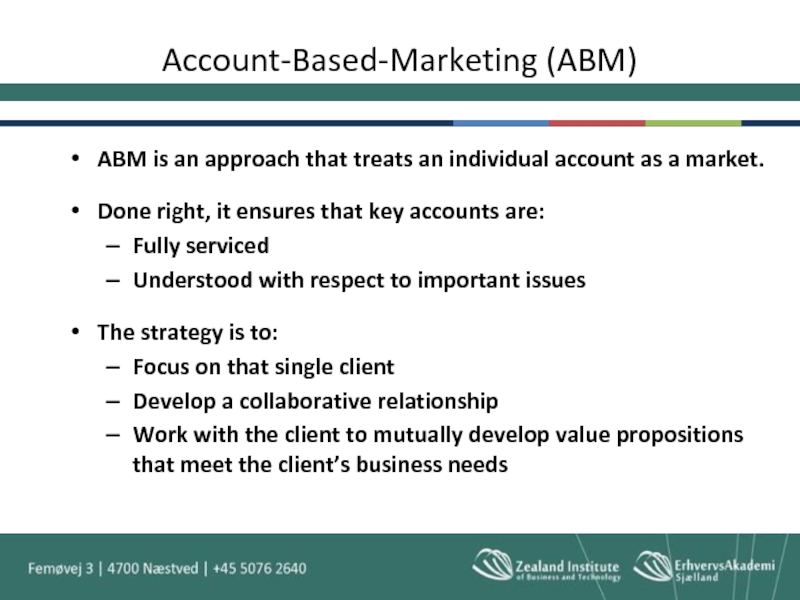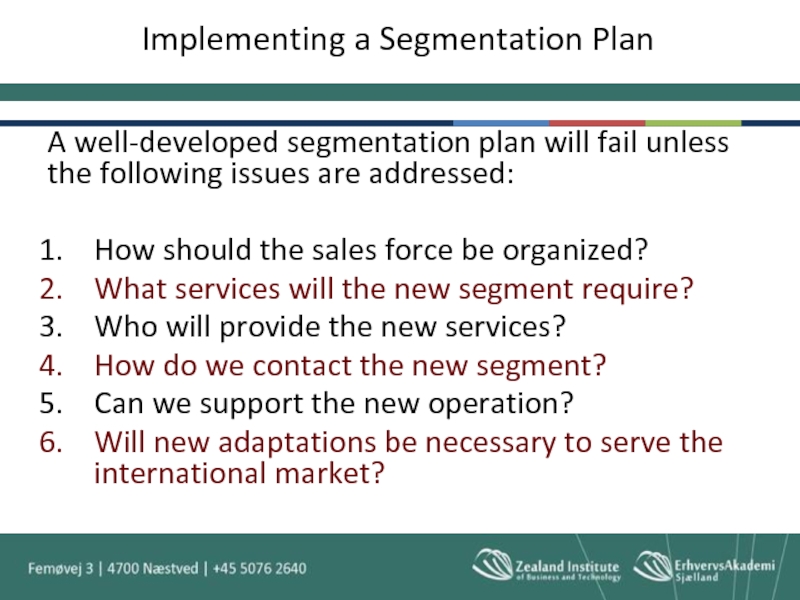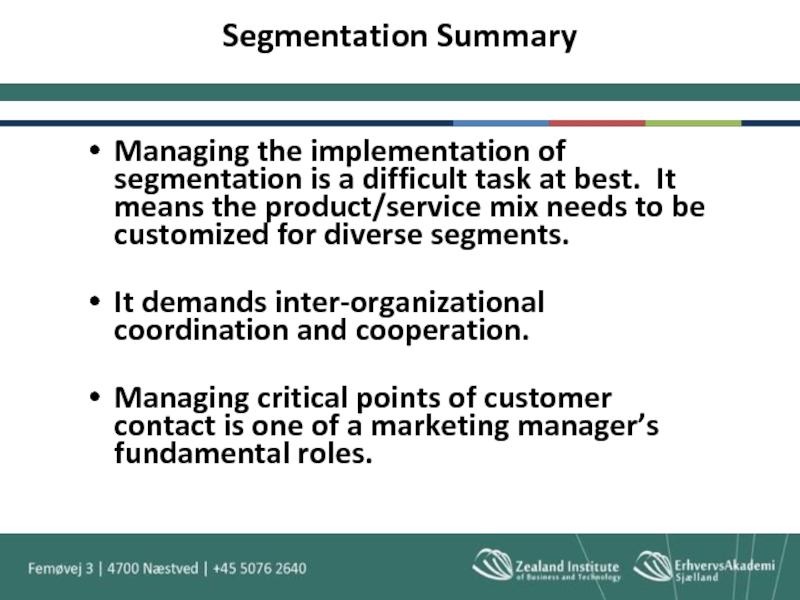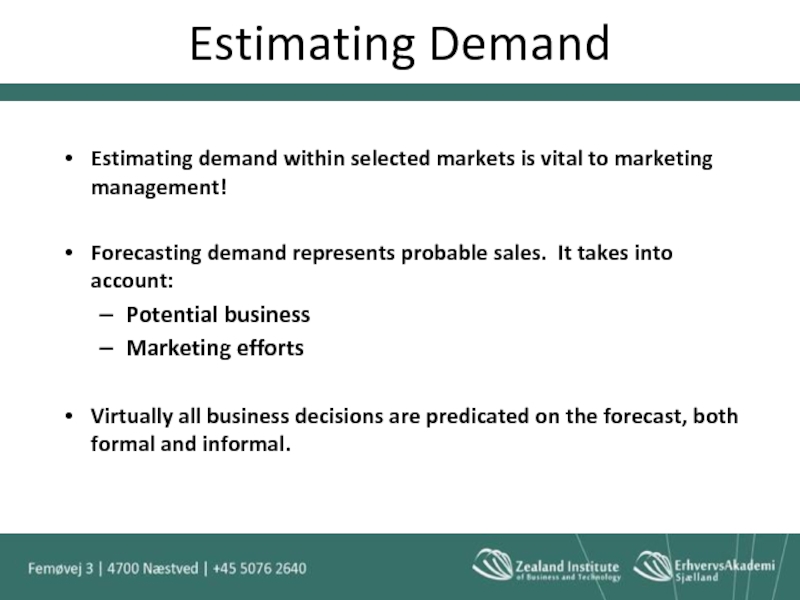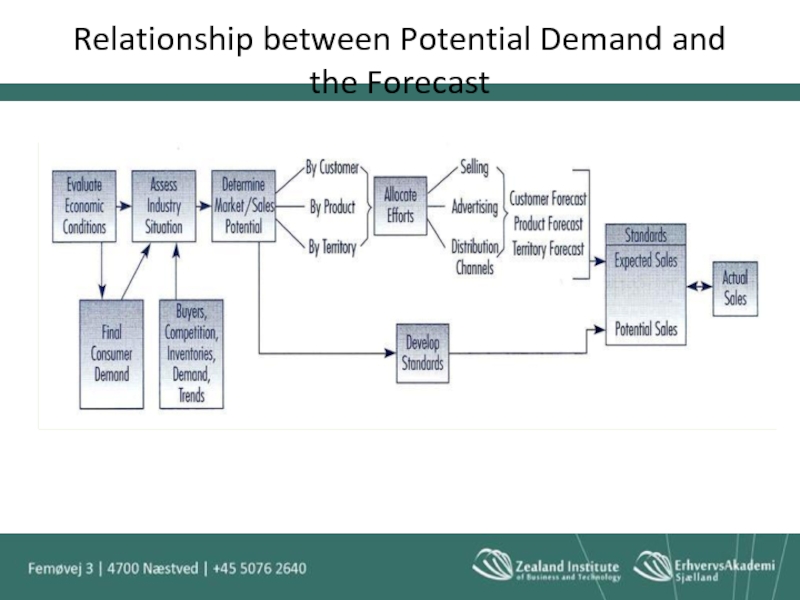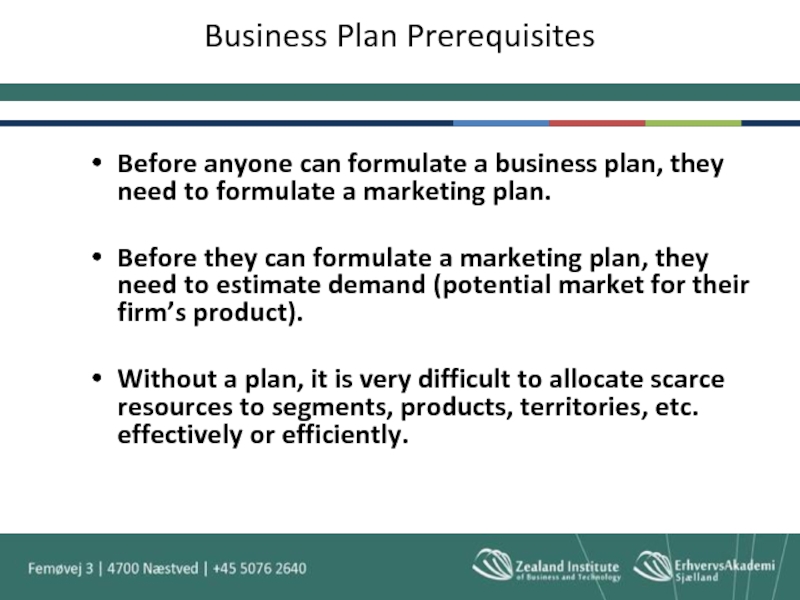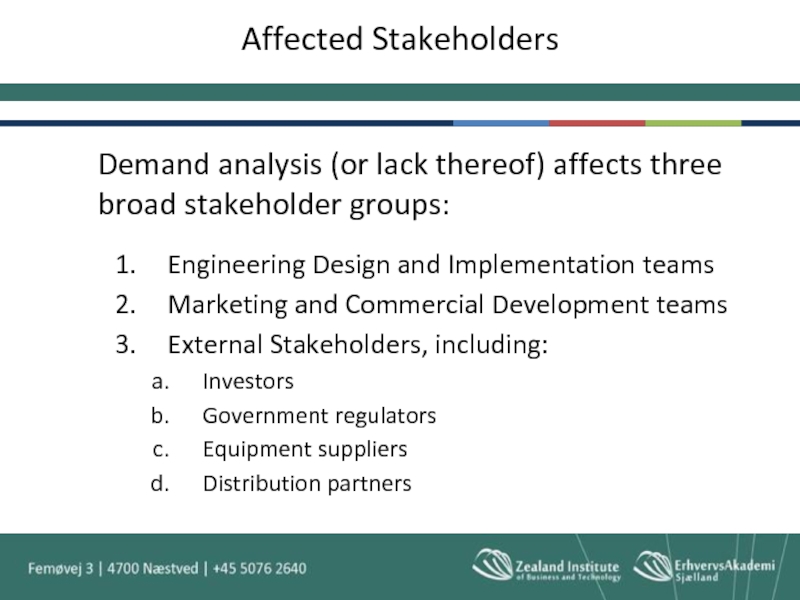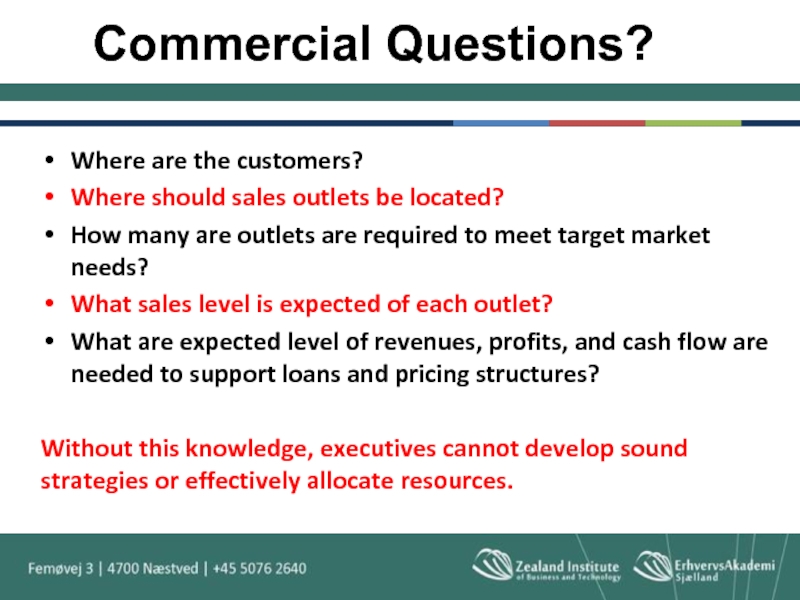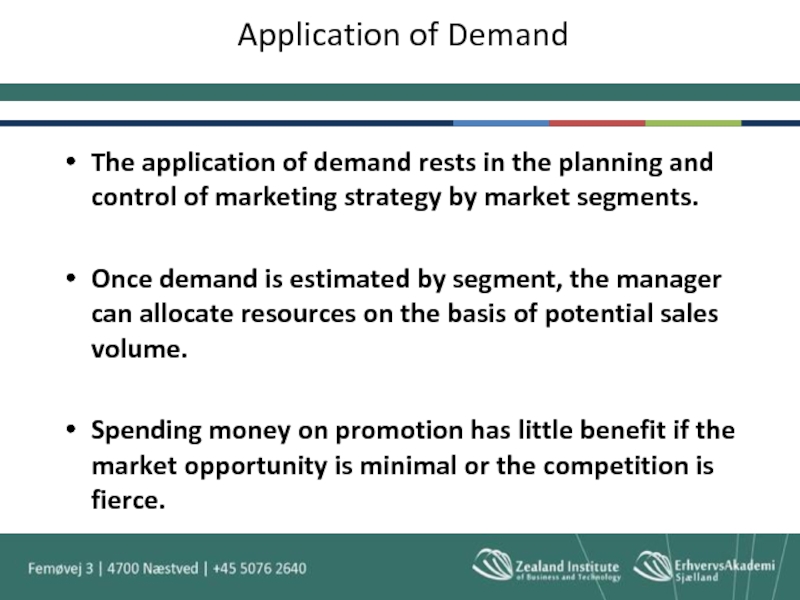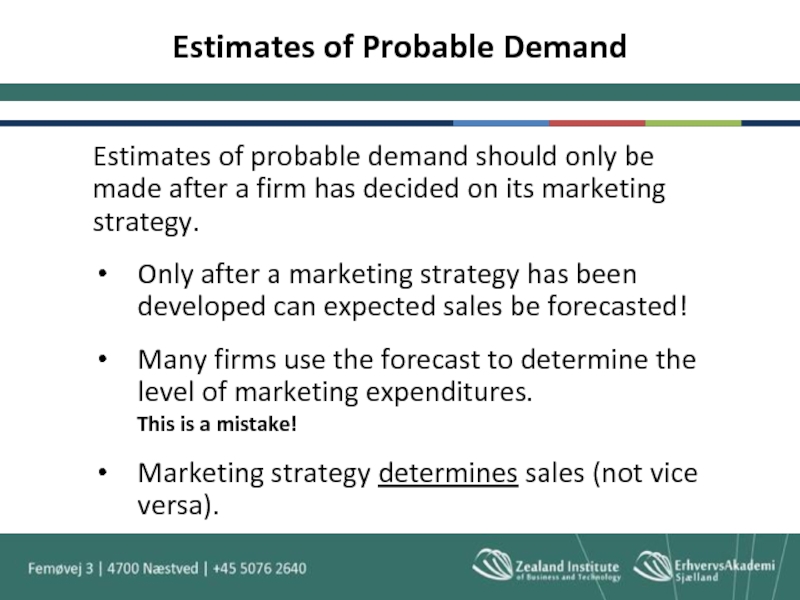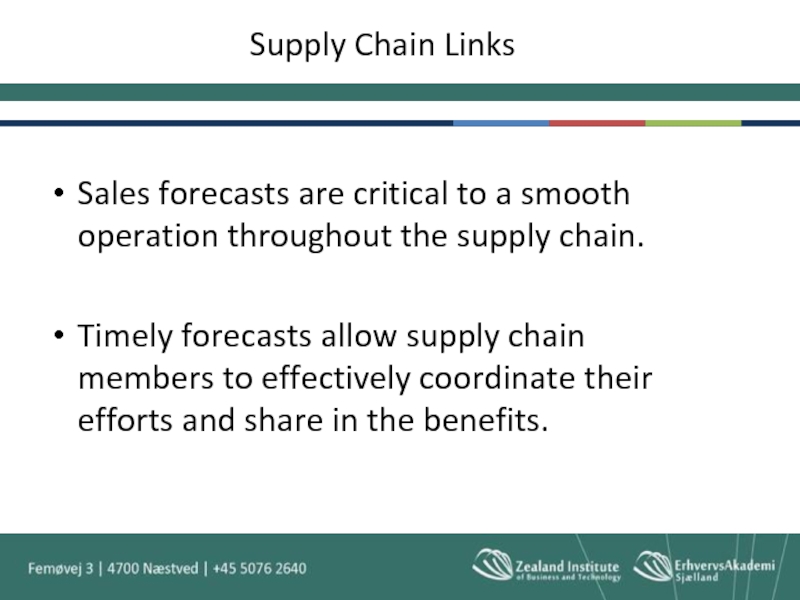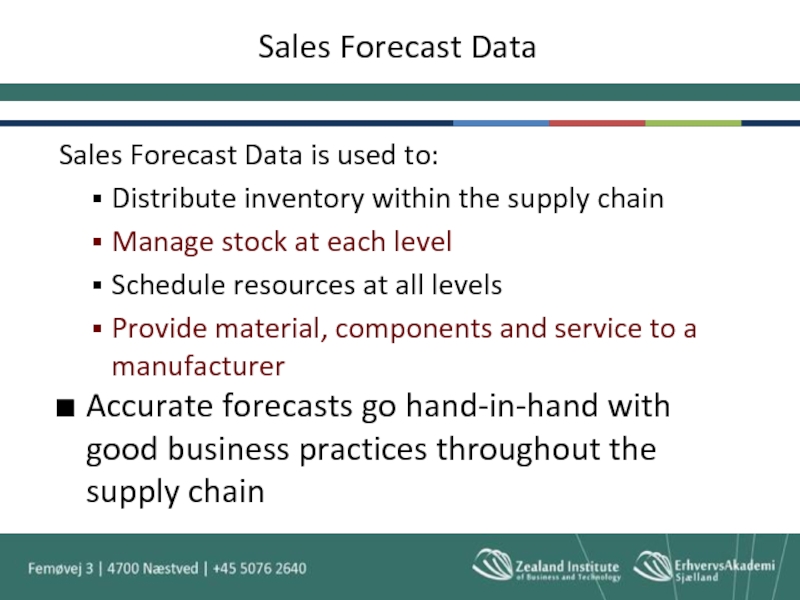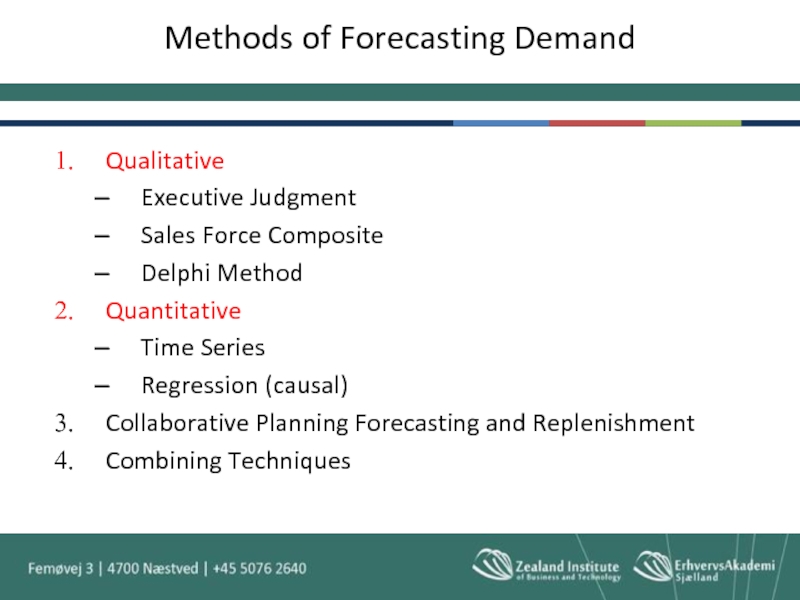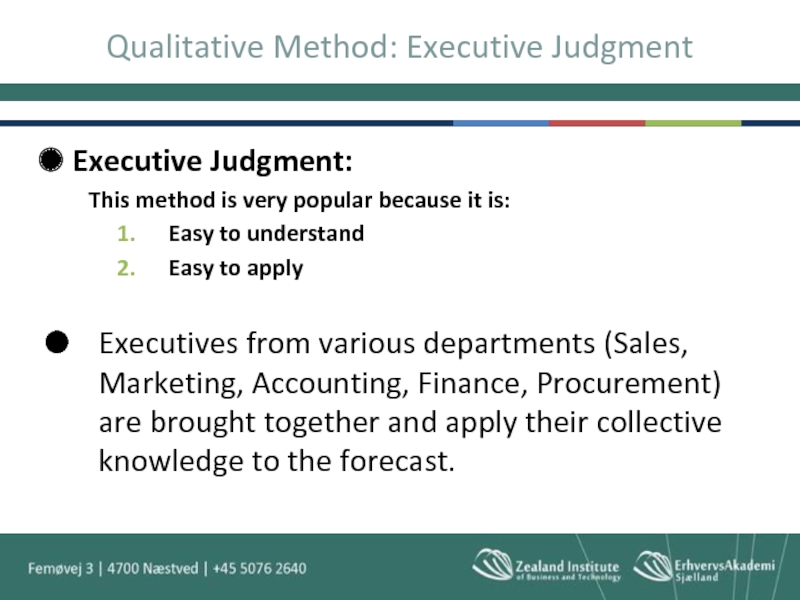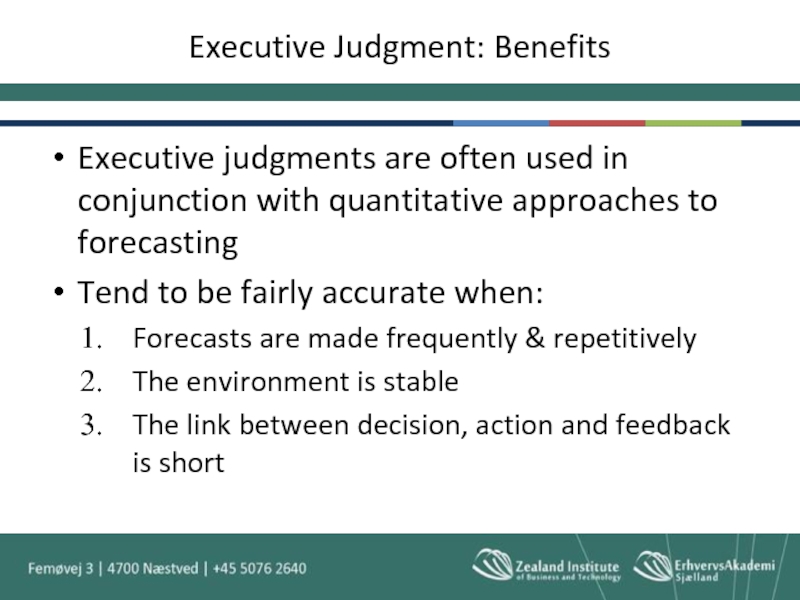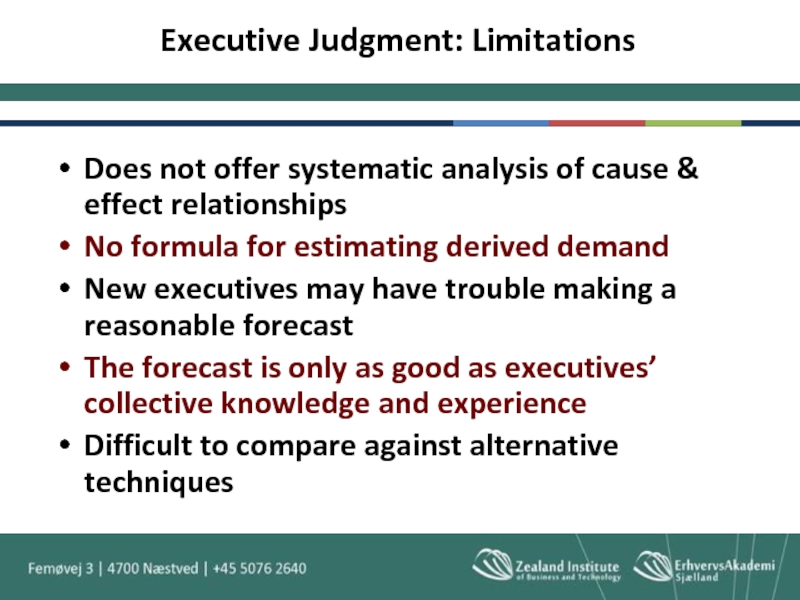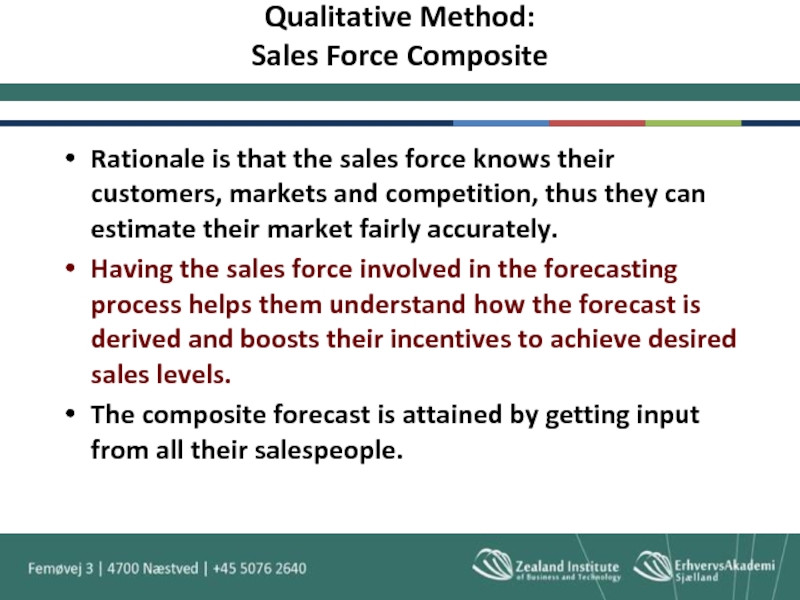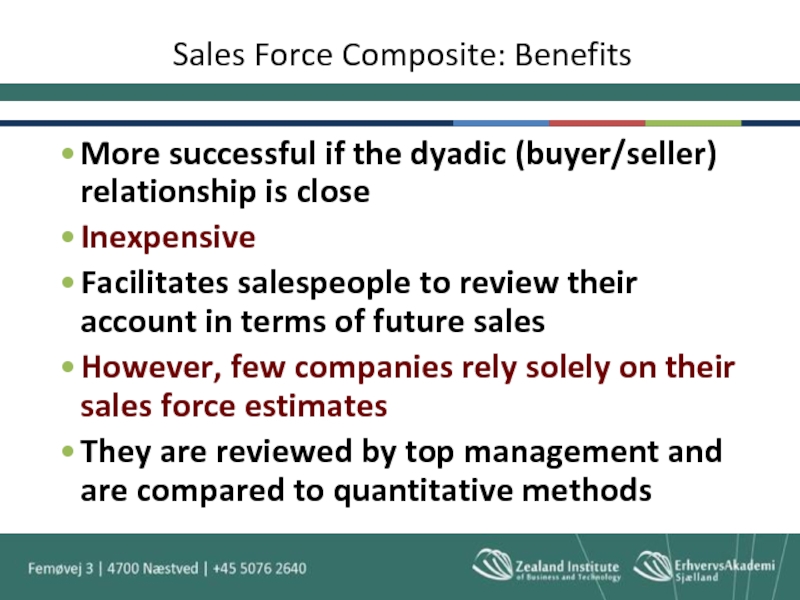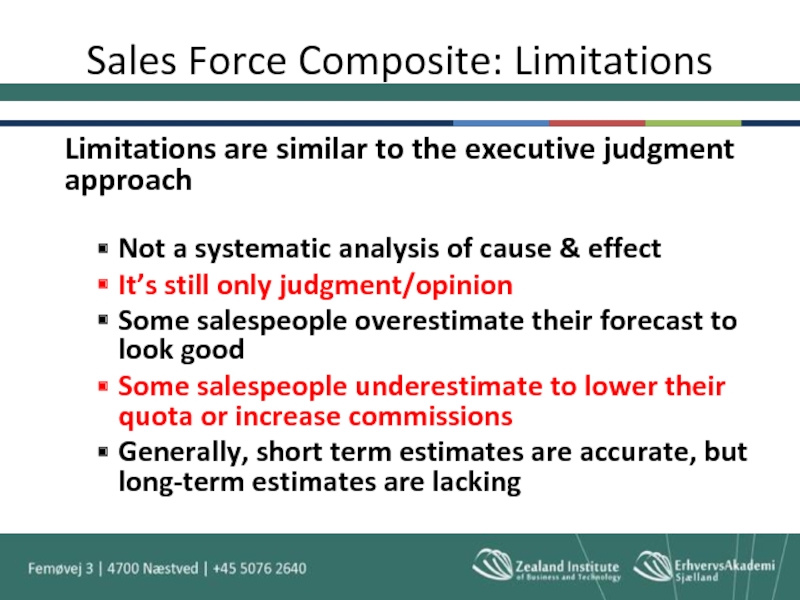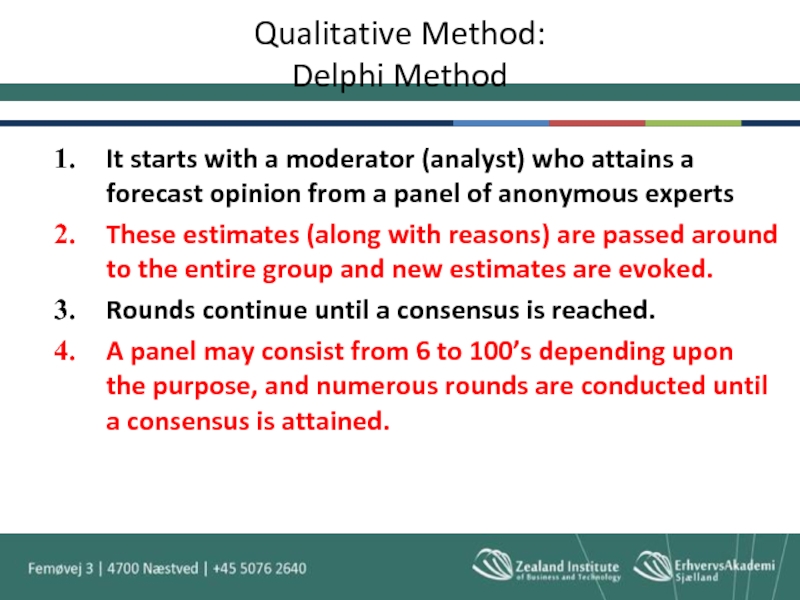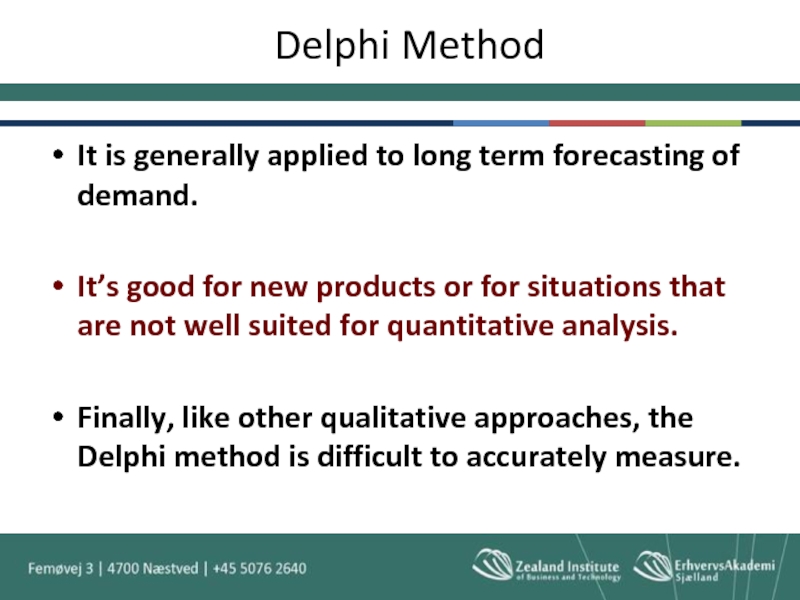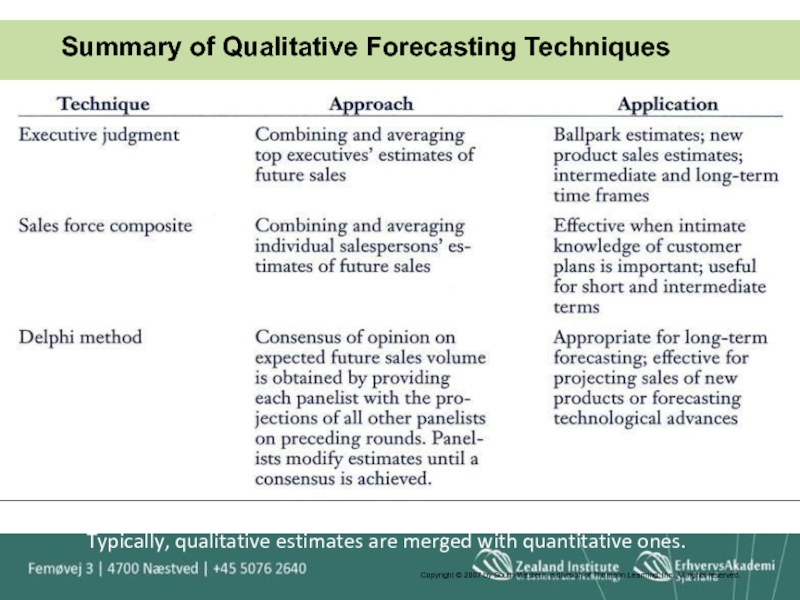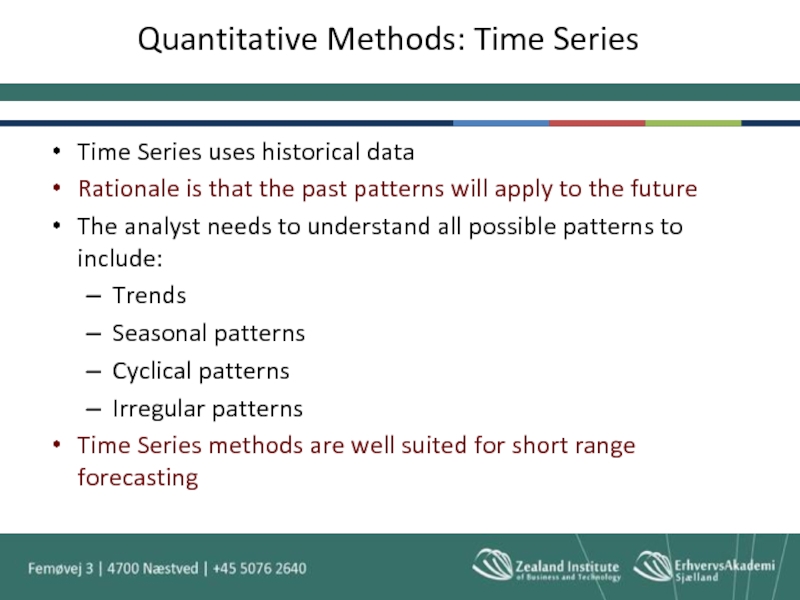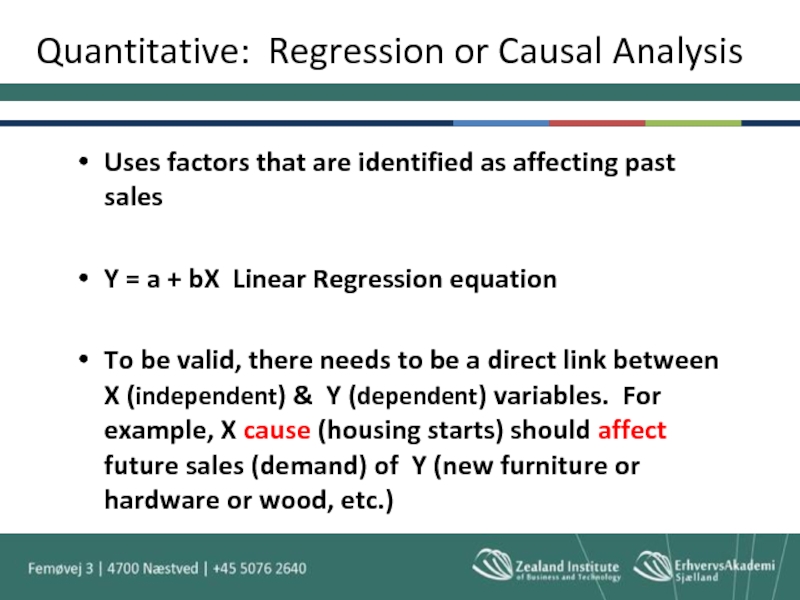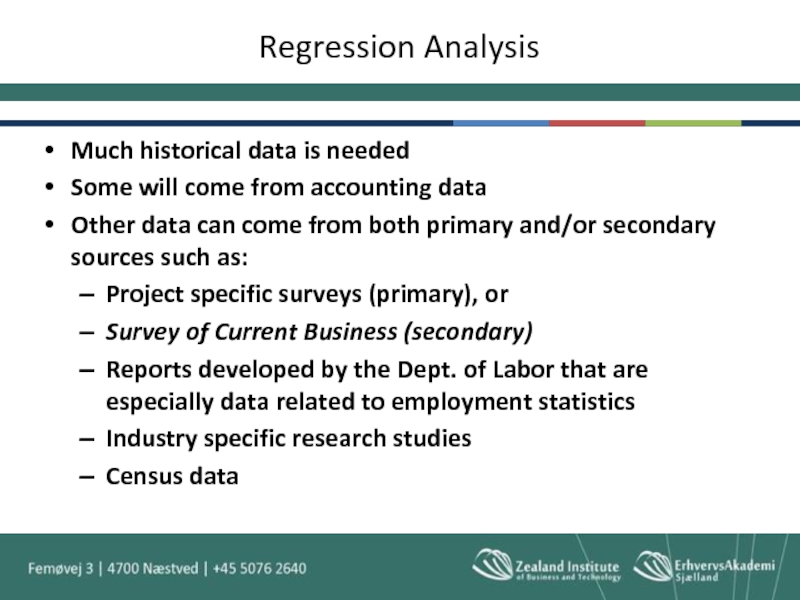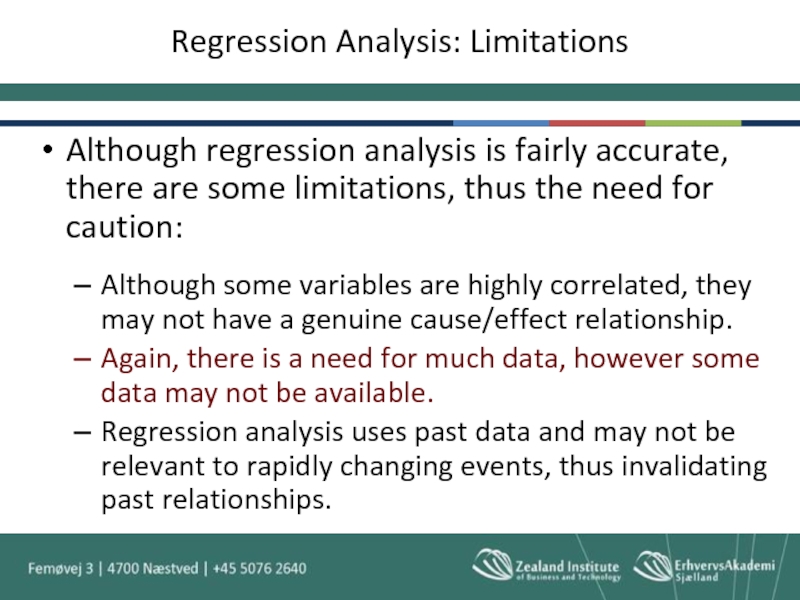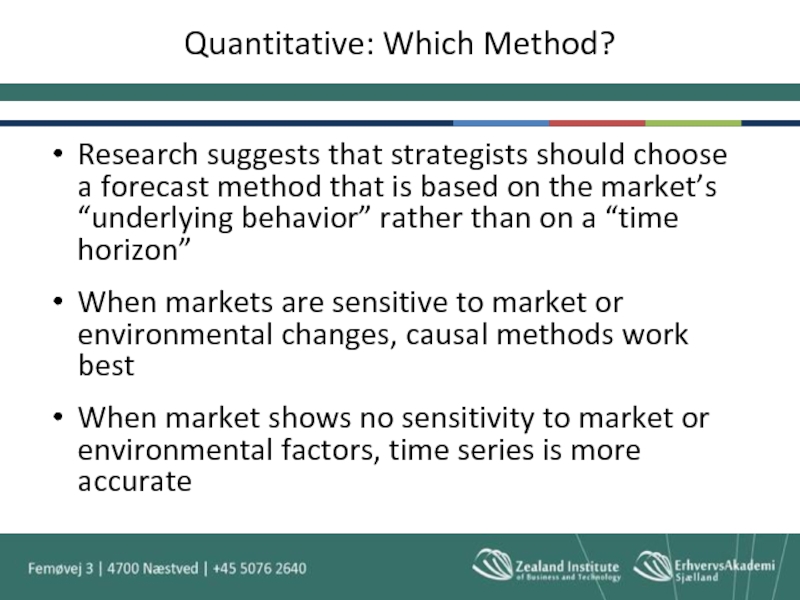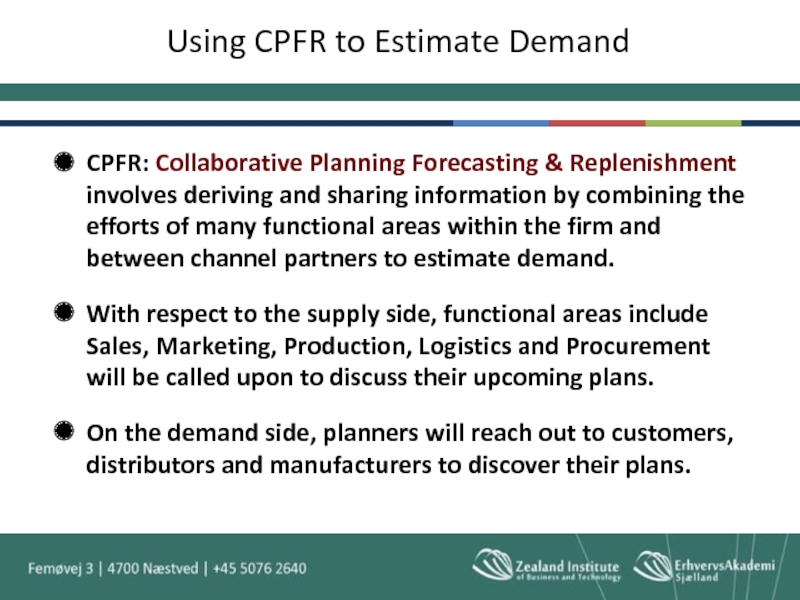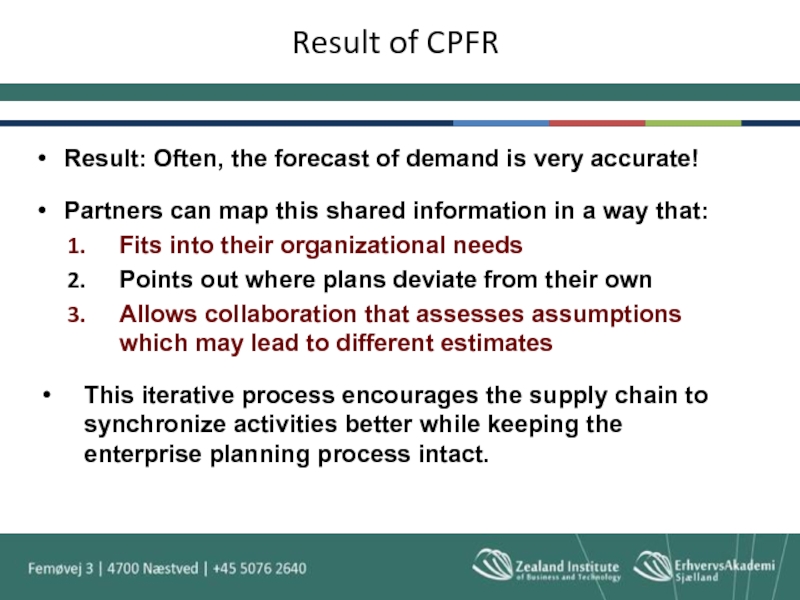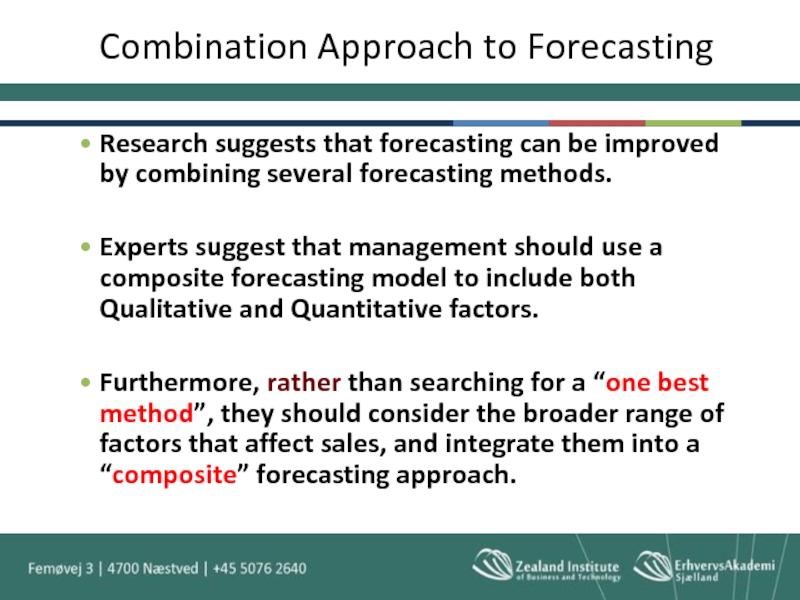- Главная
- Разное
- Дизайн
- Бизнес и предпринимательство
- Аналитика
- Образование
- Развлечения
- Красота и здоровье
- Финансы
- Государство
- Путешествия
- Спорт
- Недвижимость
- Армия
- Графика
- Культурология
- Еда и кулинария
- Лингвистика
- Английский язык
- Астрономия
- Алгебра
- Биология
- География
- Детские презентации
- Информатика
- История
- Литература
- Маркетинг
- Математика
- Медицина
- Менеджмент
- Музыка
- МХК
- Немецкий язык
- ОБЖ
- Обществознание
- Окружающий мир
- Педагогика
- Русский язык
- Технология
- Физика
- Философия
- Химия
- Шаблоны, картинки для презентаций
- Экология
- Экономика
- Юриспруденция
Segmenting the business market презентация
Содержание
- 1. Segmenting the business market
- 2. Chapter Topics Benefits of and requirements for
- 3. Knowing the Customer is Not Enough! Once
- 4. Selecting well-defined groups of potentially profitable
- 5. Business Sector The business market consists of
- 6. Keys to Success The marketer who…
- 7. What Is A Market? A market is…
- 8. Market Segmentation
- 9. Business Market Often in the business market,
- 10. What key criteria best define a unique market segment? Measurability Accessibility Substantiality Responsiveness
- 11. 1. Measurability The degree to which information
- 12. 2. Accessibility The degree to which the
- 13. 3. Substantiality The degree to which
- 14. 4. Responsiveness The degree to which segments
- 15. Art of Segmentation Segmentation involves identifying groups
- 16. Marketer’s Dilemma Marketing strategists spend too much
- 17. Undershot customers - Existing solutions fail to
- 18. Often, marketers focus too much on Undershot
- 19. Selective Segmentation Benefits Attunes marketer to
- 20. Consumer vs. Business Profiling Consumer-goods marketers are
- 21. Business Marketing Segmentation
- 22. Macro-Level Bases To find viable macro-segments, it
- 23. Copyright © 2007 by South-Western,
- 24. Product/Service Applications: Because a specific industrial good
- 25. Classifying Commercial Enterprises NAICS organizes business activity
- 26. Segmentation: Value in Use Value in use
- 27. Purchasing Situation Segmentation of purchasing situation has
- 28. Characteristics of Buying Organization The structure of
- 29. Centralized Purchasing Forces specialization upon buyers and
- 30. Decentralized Purchasing Local autonomy helps support local
- 31. Types of Buyers First-Time Prospects: customers who
- 32. Micro-Level Bases Once macro-segments are identified, the
- 33. Recall - Business Marketing Segmentation
- 34. Selected Micro-Level Bases of Segmentation
- 35. Key Criteria Most business buyers value:
- 36. Price vs. Service Often there are tradeoffs
- 37. Types of Buyers Programmed Buyers - Neither
- 38. Value Based Strategies Many customers seek sellers
- 39. 1. Innovation-Focused Customers Committed to being
- 40. 2. Customers in Fast-Growing Markets Constantly under
- 41. 3. Customers in Highly Competitive Markets Have
- 42. Purchasing Strategies Micro-segments can be classified according
- 43. Structure of the Decision Making Unit Whoever
- 44. Other Meaningful Micro-Segments Importance of purchase –
- 45. An Approach to Segmentation of Business Markets
- 46. Choosing Market Segments As you can see,
- 47. Segmentation Model Identify key characteristics (macro-segments) based
- 48. Segmentation Model 3. Select set of
- 49. Segmentation Model If a particular macro-segment is
- 50. Utilizing Segmentation Management can utilize segmentation in
- 51. Account-Based-Marketing (ABM) ABM is an approach that
- 52. A well-developed segmentation plan will fail unless
- 53. Segmentation Summary Managing the implementation of segmentation
- 54. Estimating Demand Estimating demand within selected markets
- 55. Relationship between Potential Demand and the Forecast
- 56. Before anyone can formulate a business plan,
- 57. Affected Stakeholders Demand analysis (or lack thereof)
- 58. Where are the customers? Where should sales
- 59. Application of Demand The application of demand
- 60. Estimates of Probable Demand Estimates of probable
- 61. Supply Chain Links Sales forecasts are critical
- 62. Sales Forecast Data Sales Forecast Data is
- 63. Methods of Forecasting Demand Qualitative Executive
- 64. Qualitative Method: Executive Judgment Executive Judgment: This
- 65. Executive Judgment: Benefits Executive judgments are often
- 66. Executive Judgment: Limitations Does not offer systematic
- 67. Qualitative Method: Sales Force Composite Rationale is
- 68. Sales Force Composite: Benefits More successful if
- 69. Sales Force Composite: Limitations Limitations are
- 70. Qualitative Method: Delphi Method It starts with
- 71. Delphi Method It is generally applied to
- 72. Typically, qualitative estimates are merged with quantitative
- 73. Quantitative Methods: Time Series Time Series uses
- 74. Uses factors that are identified as affecting
- 75. Regression Analysis Much historical data is needed
- 76. Regression Analysis: Limitations Although regression analysis is
- 77. Research suggests that strategists should choose a
- 78. Using CPFR to Estimate Demand CPFR: Collaborative
- 79. Result of CPFR Result: Often, the forecast
- 80. Combination Approach to Forecasting Research suggests that
Слайд 1
Chapter 4:
Segmenting the Business Market and Estimating Segment Demand
Business Marketing
Management: B2B
11e
Michael
Слайд 2Chapter Topics
Benefits of and requirements for segmenting the business market
Potential bases
Procedure for evaluating and selecting market segments
Role of market segmentation in the development of business marketing strategy
Process for estimating demand in each market segment
Specific techniques to effectively develop a forecast of demand
Слайд 3Knowing the Customer is Not Enough!
Once we know the customer, we
Our job is to know the customer so well that we can provide him or her with (technological) solutions to problems that they don’t even know exist yet!
Слайд 4
Selecting well-defined groups of potentially profitable customers
High-Growth Companies Succeed By:
Focusing marketing
Developing distinctive value propositions that competitively meet customer needs
Слайд 5Business Sector
The business market consists of 3 broad sectors:
Commercial Enterprises
Institutions
Government
Each sector
Each segment has a unique need and requires a unique marketing strategy
Слайд 6Keys to Success
The marketer who…
Recognizes various profitable segments
Develops competitive products or
Develops a marketing program to take advantage of opportunities B2B groups offer
…can be very successful!
Слайд 7What Is A Market?
A market is…
(1) People or organizations who
(2)
solution) (3) have the ability to purchase and (4) the willingness to buy ASAP. A group of people that lacks any one of these characteristics is not a market.
Слайд 9Business Market
Often in the business market, segments that appear strong (that
Because of this, it is important to choose business market segments wisely.
Слайд 10
What key criteria best define a unique market segment?
Measurability
Accessibility
Substantiality
Responsiveness
Слайд 111. Measurability
The degree to which information on particular buyer characteristics exists
Слайд 122. Accessibility
The degree to which the firm can effectively focus its
Слайд 13 3. Substantiality
The degree to which the segments are large or
Слайд 144. Responsiveness
The degree to which segments respond differently to different marketing
Слайд 15Art of Segmentation
Segmentation involves identifying groups of customers or business groups
Large enough
Unique enough
Financially independent enough
Reachable enough
…to justify a separate marketing strategy.
Слайд 16Marketer’s Dilemma
Marketing strategists spend too much attention on “What is..” vs.
By focusing only on existing markets, strategists may:
Ignore new markets
Miss signals about emerging new markets
Miss signals about new opportunities
To spot new opportunities, marketers should focus on the following three customer groups…
Слайд 17Undershot customers - Existing solutions fail to meet their needs, resulting
a purchase of new product versions
at steady or increasing prices.
Over Shot Customers - Existing solutions are too good, thus customer is reluctant to purchase new version.
Non-Consuming Customers – Customers who lack resources, skills or ability to benefit from existing solutions.
Missed Opportunities – Three Customer Groups
Слайд 18Often, marketers focus too much on Undershot and not enough on
Consequently, marketers miss opportunities to:
Recognize new innovations that could motivate Overshot and Non-Consumers to buy.
Invent new products that could revolutionize industries as we know it.
Examples:
Computer industry – Mainframes vs. PCs
Printing Industry – Print shops vs. office printers
Missed Opportunities (continued)
Слайд 19
Selective Segmentation Benefits
Attunes marketer to unique needs of customer segments
Focuses product
Provides valuable guidelines to allocate marketing resources
Слайд 20Consumer vs. Business Profiling
Consumer-goods marketers are interested in meaningful profiles of
Demographics
Lifestyle
Benefits sought
Business marketers profile:
Organization size
Organizational buyer’s decision styles & buying criteria
Two broad classifications for commercial markets:
Micro & Macro Segmentation
Слайд 22Macro-Level Bases
To find viable macro-segments, it is useful to partition buying
Criteria include:
Characteristics of the buying organization
Product service application
Characteristics of purchasing situation
Слайд 23
Copyright © 2007 by South-Western, a division of Thomson Learning, Inc.
Developed by Cool Pictures and MultiMedia Presentations
Selected Macro-Level Bases of Segmentation
Слайд 24Product/Service Applications:
Because a specific industrial good can be used in different
The method to do so is to use the NAICS codes
Macro-Level Bases (continued)
Слайд 25Classifying Commercial Enterprises
NAICS organizes business activity into economic sectors and identifies
North American Industrial Classification System
Слайд 26Segmentation: Value in Use
Value in use is a product’s economic value
Value in use can vary from one customer application, or one market segment to another.
Слайд 27Purchasing Situation
Segmentation of purchasing situation has an enormous affect on marketing
New task buy vs. straight rebuy vs. modified rebuy demands different marketing strategies.
Because of these variables, marketers are forced to employ a segmentation approach which allows them to develop effective strategies that can be applied to commercial markets.
Слайд 28Characteristics of Buying Organization
The structure of the procurement function offers challenges
Centralized purchasing operates differently than decentralized operations.
Слайд 29Centralized Purchasing
Forces specialization upon buyers and they usually meet the challenge
Allows
Results in better method of syncing supply and demand
Takes advantage of volume savings
Results in a better coordination between purchasing strategy and corporate strategy
Слайд 30Decentralized Purchasing
Local autonomy helps support local businesses—makes buying organization a good
Can cut costs in some cases.
Sometimes, local areas offer ideas not available to a central purchaser.
Слайд 31Types of Buyers
First-Time Prospects: customers who see a need but have
Novices: First-time purchasers who’ve purchased in the past 3 months
Sophisticates: Experienced customers ready to buy/rebuy
Слайд 32Micro-Level Bases
Once macro-segments are identified, the next step is to divide
Often, several micro-segments are buried within macro-segments.
To isolate them, marketers need to move to primary sources of information from:
Salespeople
Present Customers
Слайд 35Key Criteria
Most business buyers value:
Quality
Delivery
Service
Supplier’s Reputation
Price (all other things being equal)
Слайд 36Price vs. Service
Often there are tradeoffs between buyers with respect to
One study identified four types of buyer segments:
Programmed buyers
Relationship buyers
Transaction buyers
Bargain hunters
Слайд 37Types of Buyers
Programmed Buyers - Neither price or service sensitive. They
Relationship Buyers - Value partnerships are not super price sensitive. Product may be moderately important to operation.
Transactional Buyers - Price is important but considerations are made to service, depending upon importance of product.
Bargain Hunters - Price is everything but always relative to importance of product.
Слайд 38Value Based Strategies
Many customers seek sellers who are able to offer
Innovation-focused customers
Customers in fast-growing markets
Customers in highly competitive markets
Слайд 391. Innovation-Focused Customers
Committed to being the first in the market with
Want suppliers who offer innovative solutions or opportunities that help them attract new customers
Слайд 402. Customers in Fast-Growing Markets
Constantly under pressure from competitors in fast-growth
Seek suppliers who offer proven performance in technology, manufacturing, marketing and supply-chain management
Слайд 413. Customers in Highly Competitive Markets
Have mature products in highly competitive
Look for suppliers who offer products/services that speed up manufacturing and related processes
Are efficient and effective at keeping overall costs down
Слайд 42Purchasing Strategies
Micro-segments can be classified according to their purchasing strategies:
Some buyers
Some buyers need an assured supply, thus giving most of their business to a few suppliers.
Слайд 43Structure of the Decision Making Unit
Whoever makes the buying decisions often
Would it be the engineers, the purchasing agents, or top management?
Слайд 44Other Meaningful Micro-Segments
Importance of purchase – Appropriate when product is applied
Attitudes toward vendors – Analysis of how various buyer clusters view alternative sources of supply; often uncovers opportunities
Organizational Innovativeness – Some organizations innovate more and thus are more willing to purchase new industrial products
Personal Characteristics – Although some interesting studies have shown viability of segmentation based on individual characteristics, further research is needed to explore its potential as valid base for micro-segmentation
New Products – When new products are introduced, marketers may need to approach new influencers vs. traditional buyers
Слайд 46Choosing Market Segments
As you can see, there are numerous steps to
We start by analyzing key characteristics of the organization and of the buying situation (macro-dimensions) to identify, evaluate and select a meaningful macro-segment.
Слайд 47Segmentation Model
Identify key characteristics (macro-segments) based on organizational characteristics (e.g.: size,
Consider the buying situation in terms of macro-dimensions (i.e., Where are they in the procurement cycle – new task, rebuy, modified rebuy?)
Слайд 48Segmentation Model
3. Select set of acceptable macro-segments based on corporate
4 Evaluate each segment that possesses distinct needs, is open to a distinct message and is responsive to your marketing program.
5. If Step 4 is successful, select macro-segment as the target market and complete a cost/benefit analysis for marketing to it.
Is it worthwhile?
Слайд 49Segmentation Model
If a particular macro-segment is not the right market, then
Select a new desired micro-segment based on a cost/benefit analysis.
Identify the complete profile of the segment based on macro & micro-level characteristics.
Слайд 50Utilizing Segmentation
Management can utilize segmentation in different ways.
Companies can categorize
Bad – Good – Great
Unprofitable to Profitable
Segmenting both new prospects and present customers in this manner can result in a more profitable organization.
Слайд 51Account-Based-Marketing (ABM)
ABM is an approach that treats an individual account as
Done right, it ensures that key accounts are:
Fully serviced
Understood with respect to important issues
The strategy is to:
Focus on that single client
Develop a collaborative relationship
Work with the client to mutually develop value propositions that meet the client’s business needs
Слайд 52A well-developed segmentation plan will fail unless the following issues are
How should the sales force be organized?
What services will the new segment require?
Who will provide the new services?
How do we contact the new segment?
Can we support the new operation?
Will new adaptations be necessary to serve the international market?
Implementing a Segmentation Plan
Слайд 53Segmentation Summary
Managing the implementation of segmentation is a difficult task at
It demands inter-organizational coordination and cooperation.
Managing critical points of customer contact is one of a marketing manager’s fundamental roles.
Слайд 54Estimating Demand
Estimating demand within selected markets is vital to marketing management!
Forecasting
Potential business
Marketing efforts
Virtually all business decisions are predicated on the forecast, both formal and informal.
Слайд 56Before anyone can formulate a business plan, they need to formulate
Before they can formulate a marketing plan, they need to estimate demand (potential market for their firm’s product).
Without a plan, it is very difficult to allocate scarce resources to segments, products, territories, etc. effectively or efficiently.
Business Plan Prerequisites
Слайд 57Affected Stakeholders
Demand analysis (or lack thereof) affects three broad stakeholder groups:
Engineering
Marketing and Commercial Development teams
External Stakeholders, including:
Investors
Government regulators
Equipment suppliers
Distribution partners
Слайд 58Where are the customers?
Where should sales outlets be located?
How many are
What sales level is expected of each outlet?
What are expected level of revenues, profits, and cash flow are needed to support loans and pricing structures?
Without this knowledge, executives cannot develop sound strategies or effectively allocate resources.
Commercial Questions?
Слайд 59Application of Demand
The application of demand rests in the planning and
Once demand is estimated by segment, the manager can allocate resources on the basis of potential sales volume.
Spending money on promotion has little benefit if the market opportunity is minimal or the competition is fierce.
Слайд 60Estimates of Probable Demand
Estimates of probable demand should only be made
Only after a marketing strategy has been developed can expected sales be forecasted!
Many firms use the forecast to determine the level of marketing expenditures.
This is a mistake!
Marketing strategy determines sales (not vice versa).
Слайд 61Supply Chain Links
Sales forecasts are critical to a smooth operation throughout
Timely forecasts allow supply chain members to effectively coordinate their efforts and share in the benefits.
Слайд 62Sales Forecast Data
Sales Forecast Data is used to:
Distribute inventory within the
Manage stock at each level
Schedule resources at all levels
Provide material, components and service to a manufacturer
Accurate forecasts go hand-in-hand with good business practices throughout the supply chain
Слайд 63Methods of Forecasting Demand
Qualitative
Executive Judgment
Sales Force Composite
Delphi Method
Quantitative
Time Series
Regression (causal)
Collaborative
Combining Techniques
Слайд 64Qualitative Method: Executive Judgment
Executive Judgment:
This method is very popular because it
Easy to understand
Easy to apply
Executives from various departments (Sales, Marketing, Accounting, Finance, Procurement) are brought together and apply their collective knowledge to the forecast.
Слайд 65Executive Judgment: Benefits
Executive judgments are often used in conjunction with quantitative
Tend to be fairly accurate when:
Forecasts are made frequently & repetitively
The environment is stable
The link between decision, action and feedback is short
Слайд 66Executive Judgment: Limitations
Does not offer systematic analysis of cause & effect
No formula for estimating derived demand
New executives may have trouble making a reasonable forecast
The forecast is only as good as executives’ collective knowledge and experience
Difficult to compare against alternative techniques
Слайд 67Qualitative Method:
Sales Force Composite
Rationale is that the sales force knows their
Having the sales force involved in the forecasting process helps them understand how the forecast is derived and boosts their incentives to achieve desired sales levels.
The composite forecast is attained by getting input from all their salespeople.
Слайд 68Sales Force Composite: Benefits
More successful if the dyadic (buyer/seller) relationship is
Inexpensive
Facilitates salespeople to review their account in terms of future sales
However, few companies rely solely on their sales force estimates
They are reviewed by top management and are compared to quantitative methods
Слайд 69Sales Force Composite: Limitations
Limitations are similar to the executive judgment
Not a systematic analysis of cause & effect
It’s still only judgment/opinion
Some salespeople overestimate their forecast to look good
Some salespeople underestimate to lower their quota or increase commissions
Generally, short term estimates are accurate, but long-term estimates are lacking
Слайд 70Qualitative Method:
Delphi Method
It starts with a moderator (analyst) who attains a
These estimates (along with reasons) are passed around to the entire group and new estimates are evoked.
Rounds continue until a consensus is reached.
A panel may consist from 6 to 100’s depending upon the purpose, and numerous rounds are conducted until a consensus is attained.
Слайд 71Delphi Method
It is generally applied to long term forecasting of demand.
It’s
Finally, like other qualitative approaches, the Delphi method is difficult to accurately measure.
Слайд 72Typically, qualitative estimates are merged with quantitative ones.
Summary of Qualitative Forecasting
Copyright © 2007 by South-Western, a division of Thomson Learning, Inc. All rights reserved.
Слайд 73Quantitative Methods: Time Series
Time Series uses historical data
Rationale is that the
The analyst needs to understand all possible patterns to include:
Trends
Seasonal patterns
Cyclical patterns
Irregular patterns
Time Series methods are well suited for short range forecasting
Слайд 74Uses factors that are identified as affecting past sales
Y = a
To be valid, there needs to be a direct link between X (independent) & Y (dependent) variables. For example, X cause (housing starts) should affect future sales (demand) of Y (new furniture or hardware or wood, etc.)
Quantitative: Regression or Causal Analysis
Слайд 75Regression Analysis
Much historical data is needed
Some will come from accounting data
Other
Project specific surveys (primary), or
Survey of Current Business (secondary)
Reports developed by the Dept. of Labor that are especially data related to employment statistics
Industry specific research studies
Census data
Слайд 76Regression Analysis: Limitations
Although regression analysis is fairly accurate, there are some
Although some variables are highly correlated, they may not have a genuine cause/effect relationship.
Again, there is a need for much data, however some data may not be available.
Regression analysis uses past data and may not be relevant to rapidly changing events, thus invalidating past relationships.
Слайд 77Research suggests that strategists should choose a forecast method that is
When markets are sensitive to market or environmental changes, causal methods work best
When market shows no sensitivity to market or environmental factors, time series is more accurate
Quantitative: Which Method?
Слайд 78Using CPFR to Estimate Demand
CPFR: Collaborative Planning Forecasting & Replenishment involves
With respect to the supply side, functional areas include Sales, Marketing, Production, Logistics and Procurement will be called upon to discuss their upcoming plans.
On the demand side, planners will reach out to customers, distributors and manufacturers to discover their plans.
Слайд 79Result of CPFR
Result: Often, the forecast of demand is very accurate!
Partners
Fits into their organizational needs
Points out where plans deviate from their own
Allows collaboration that assesses assumptions which may lead to different estimates
This iterative process encourages the supply chain to synchronize activities better while keeping the enterprise planning process intact.
Слайд 80Combination Approach to Forecasting
Research suggests that forecasting can be improved by
Experts suggest that management should use a composite forecasting model to include both Qualitative and Quantitative factors.
Furthermore, rather than searching for a “one best method”, they should consider the broader range of factors that affect sales, and integrate them into a “composite” forecasting approach.
